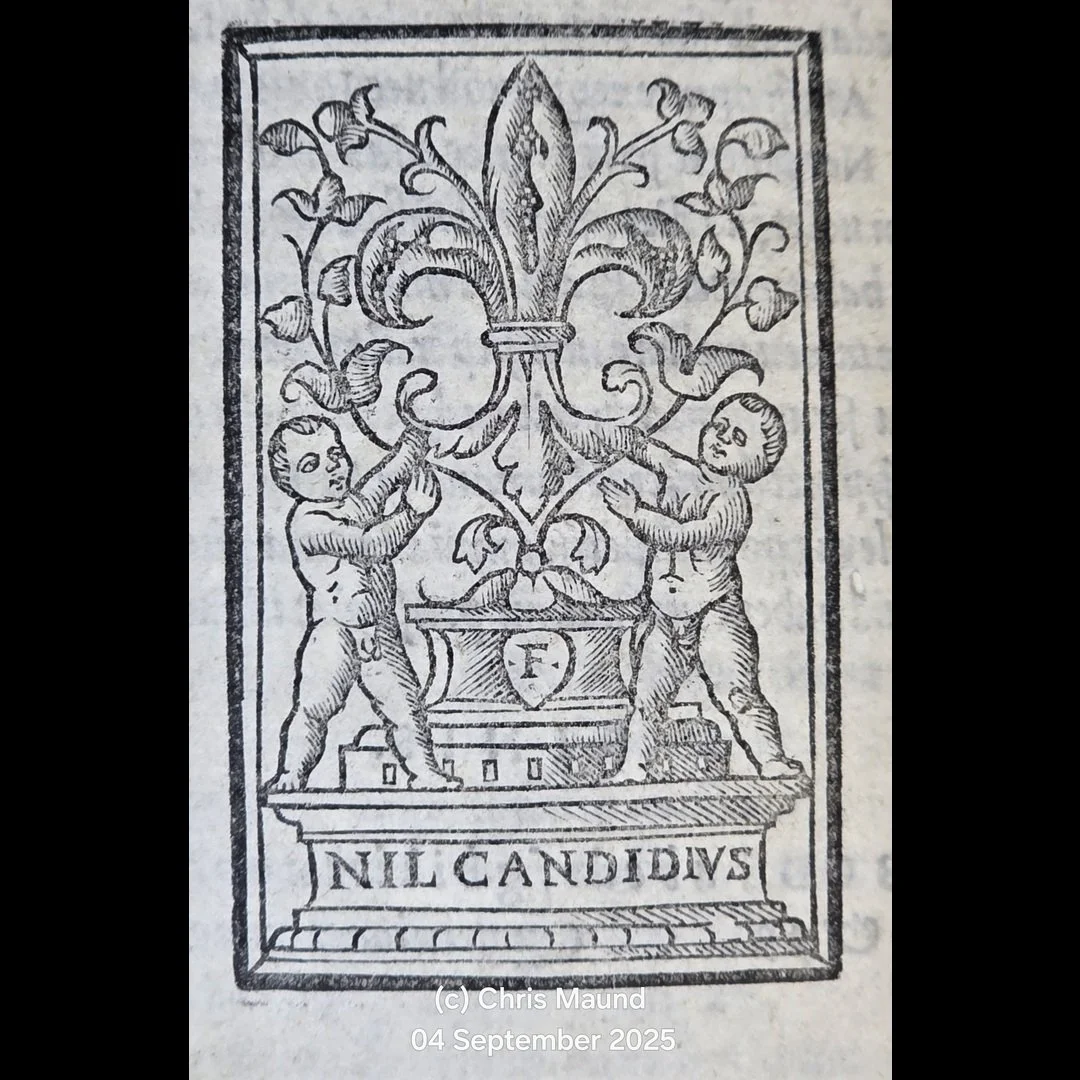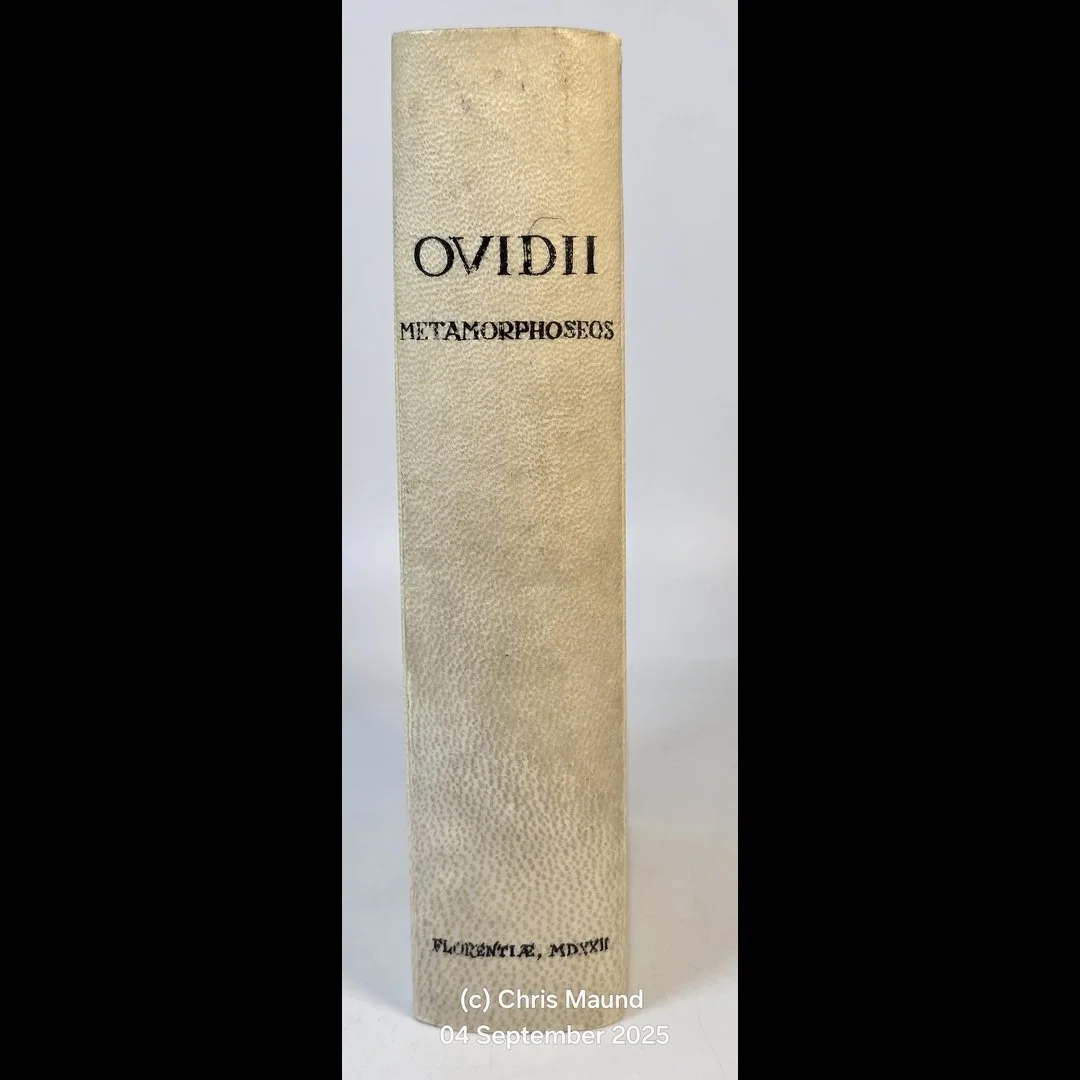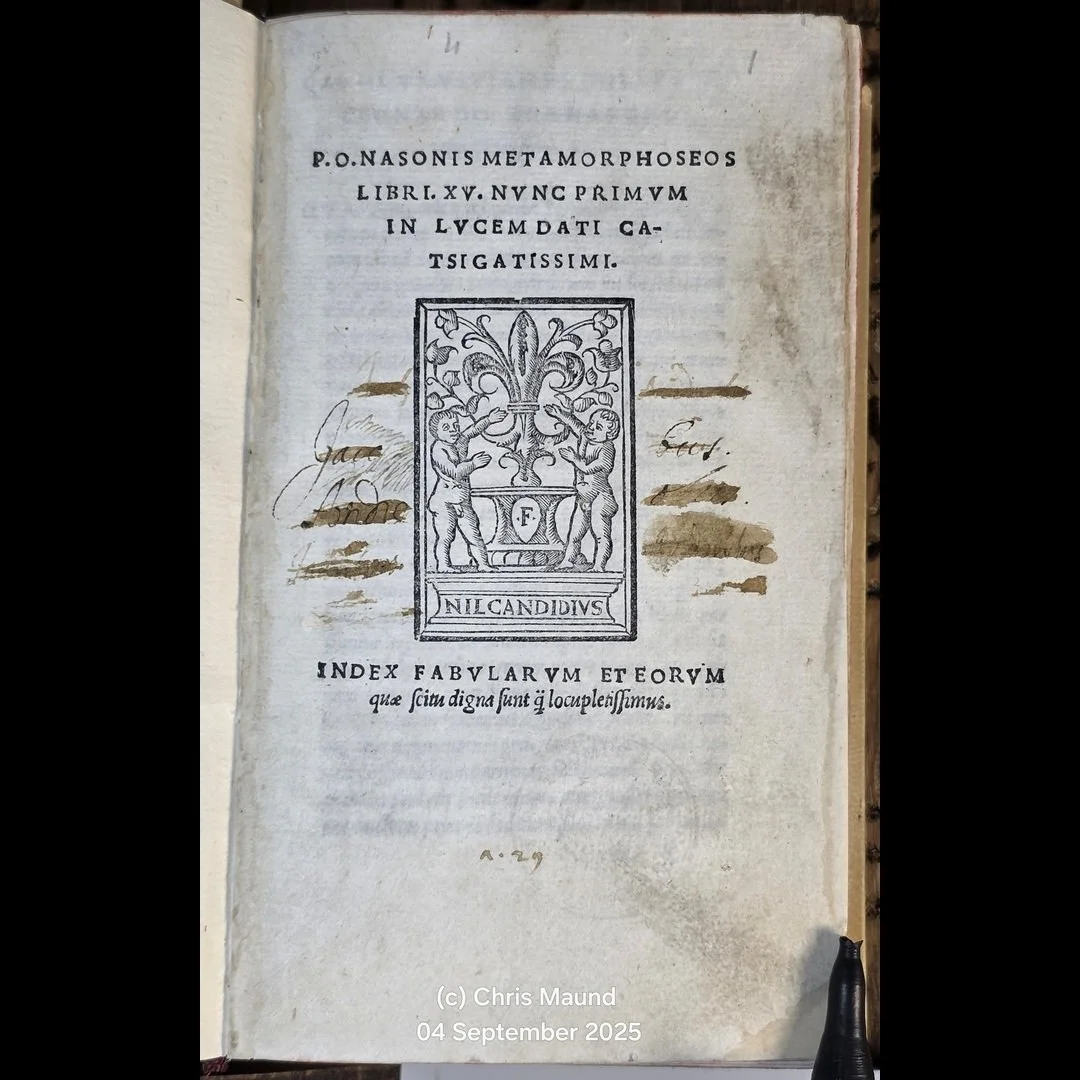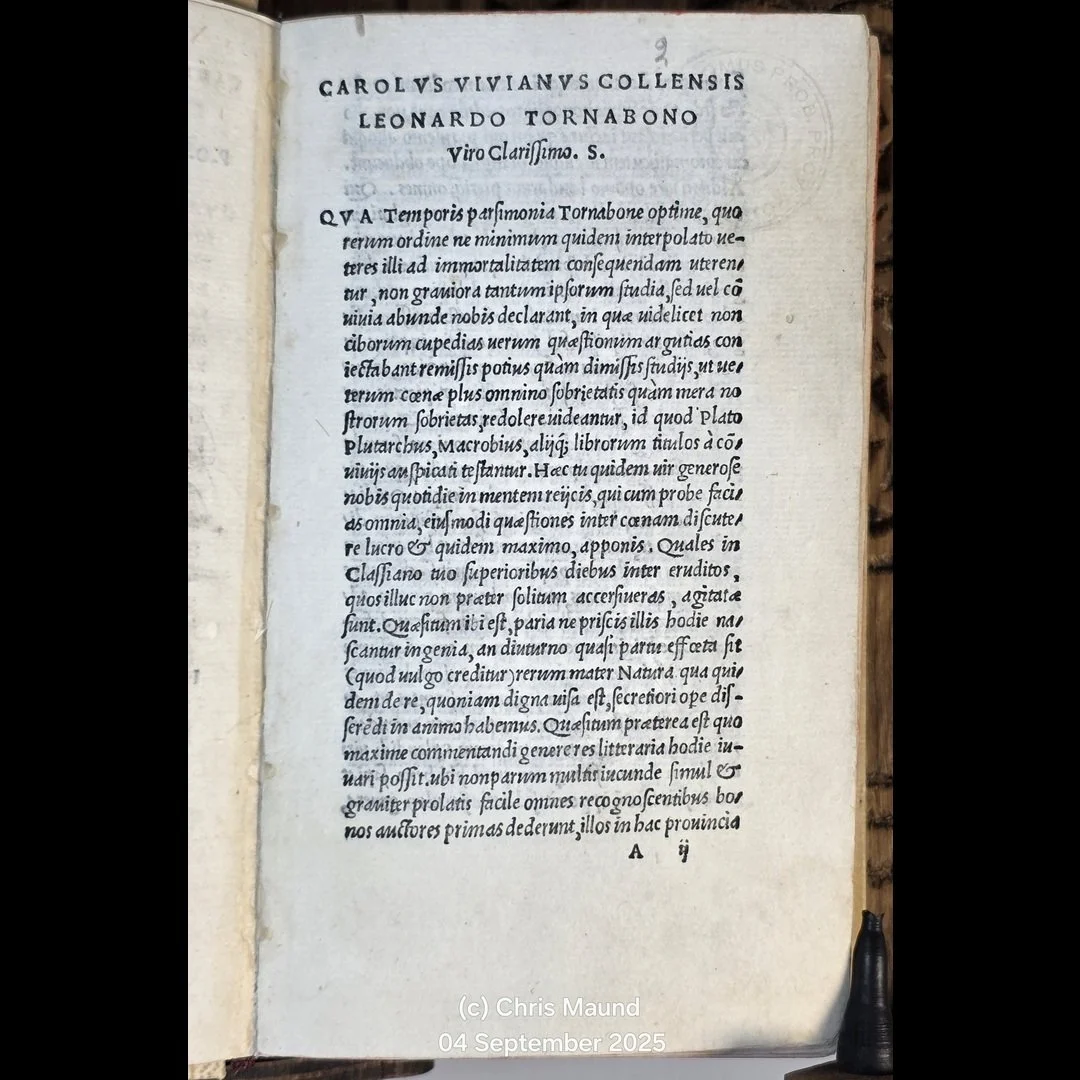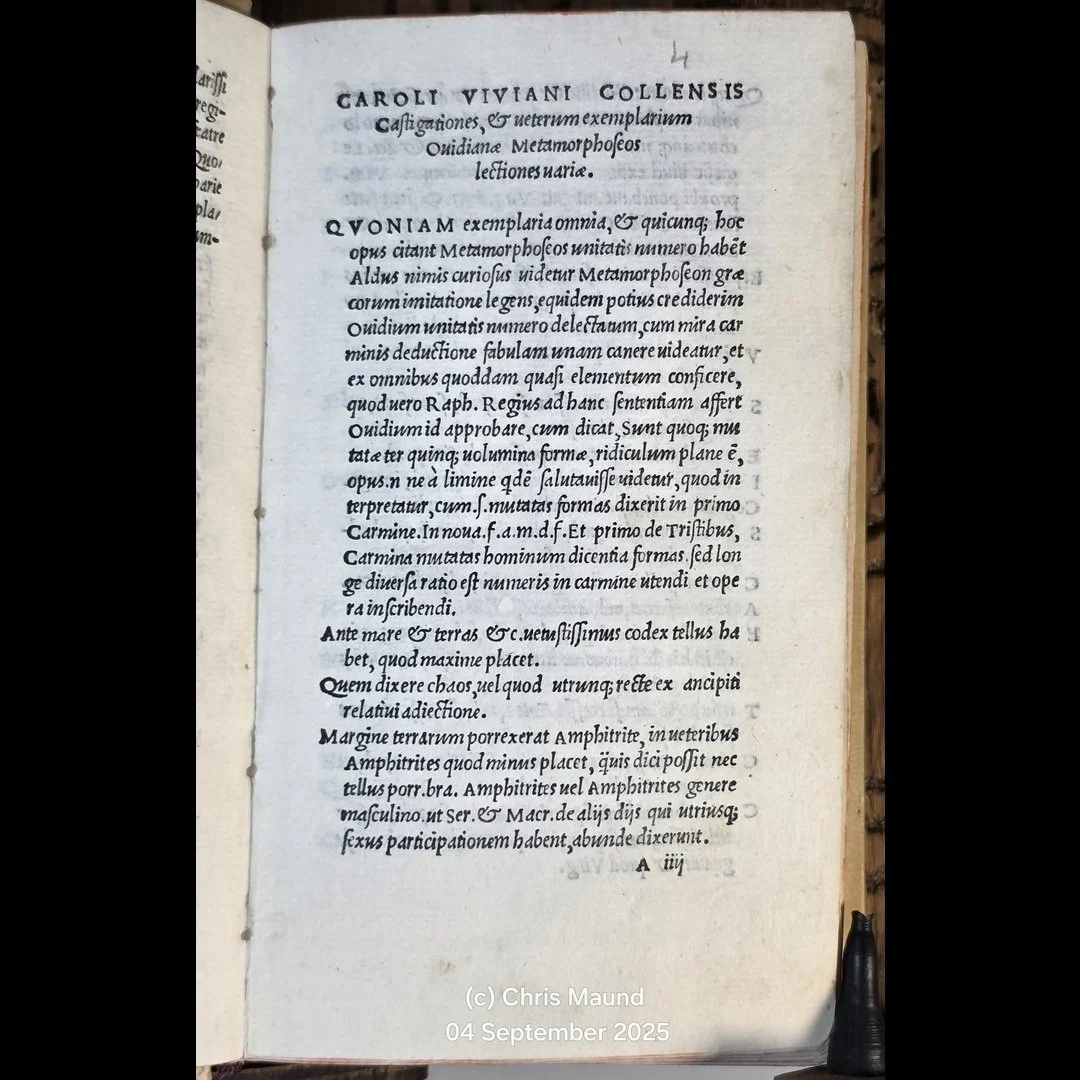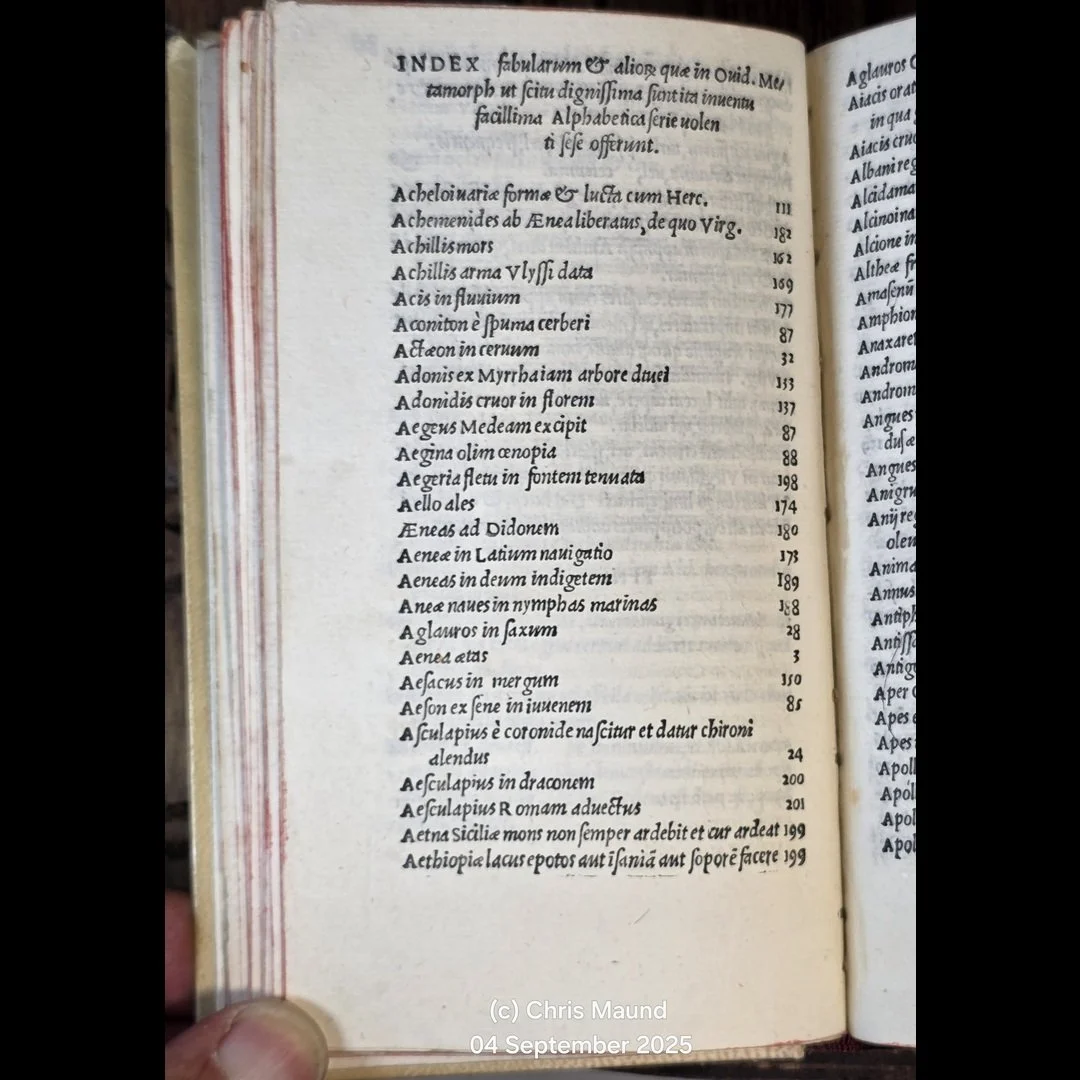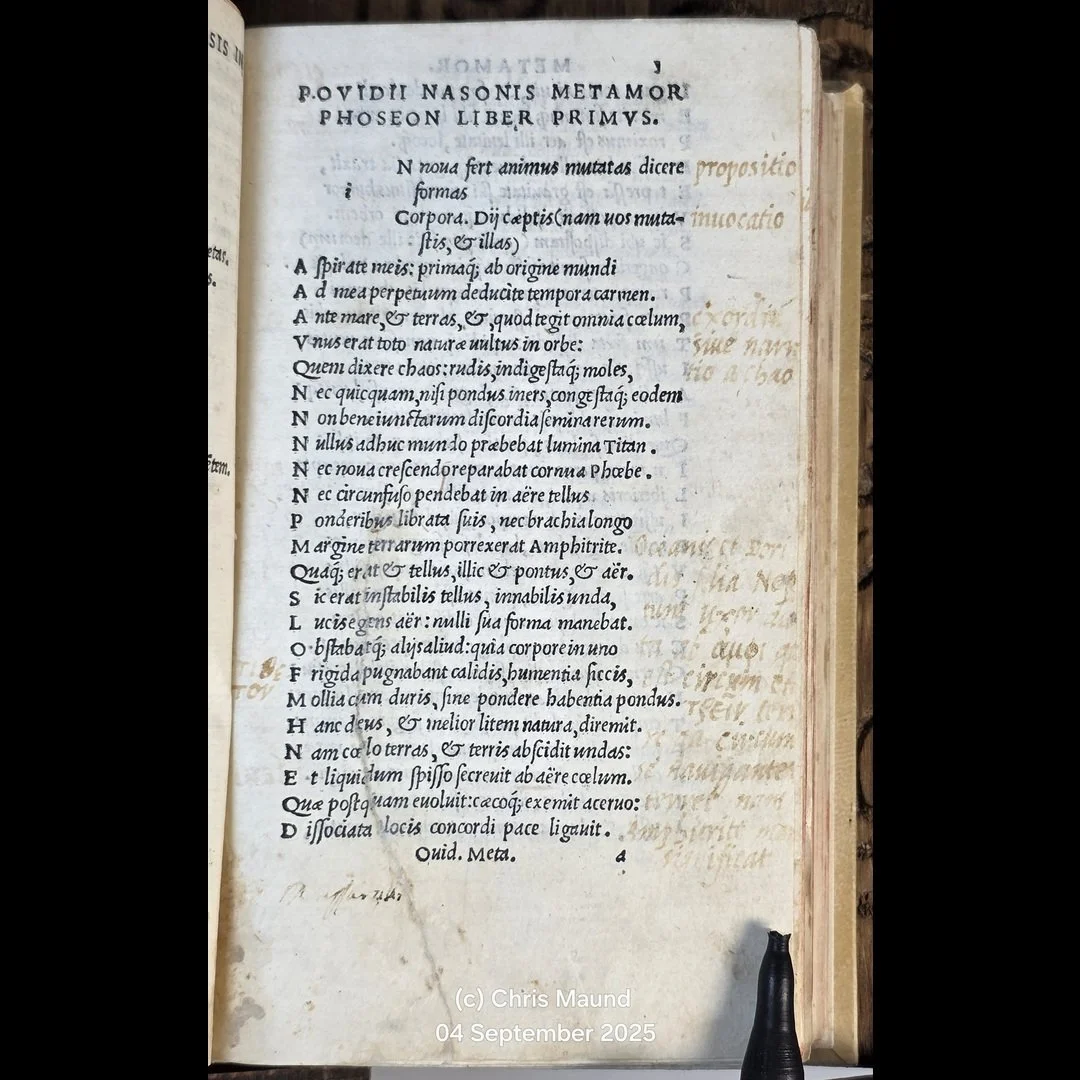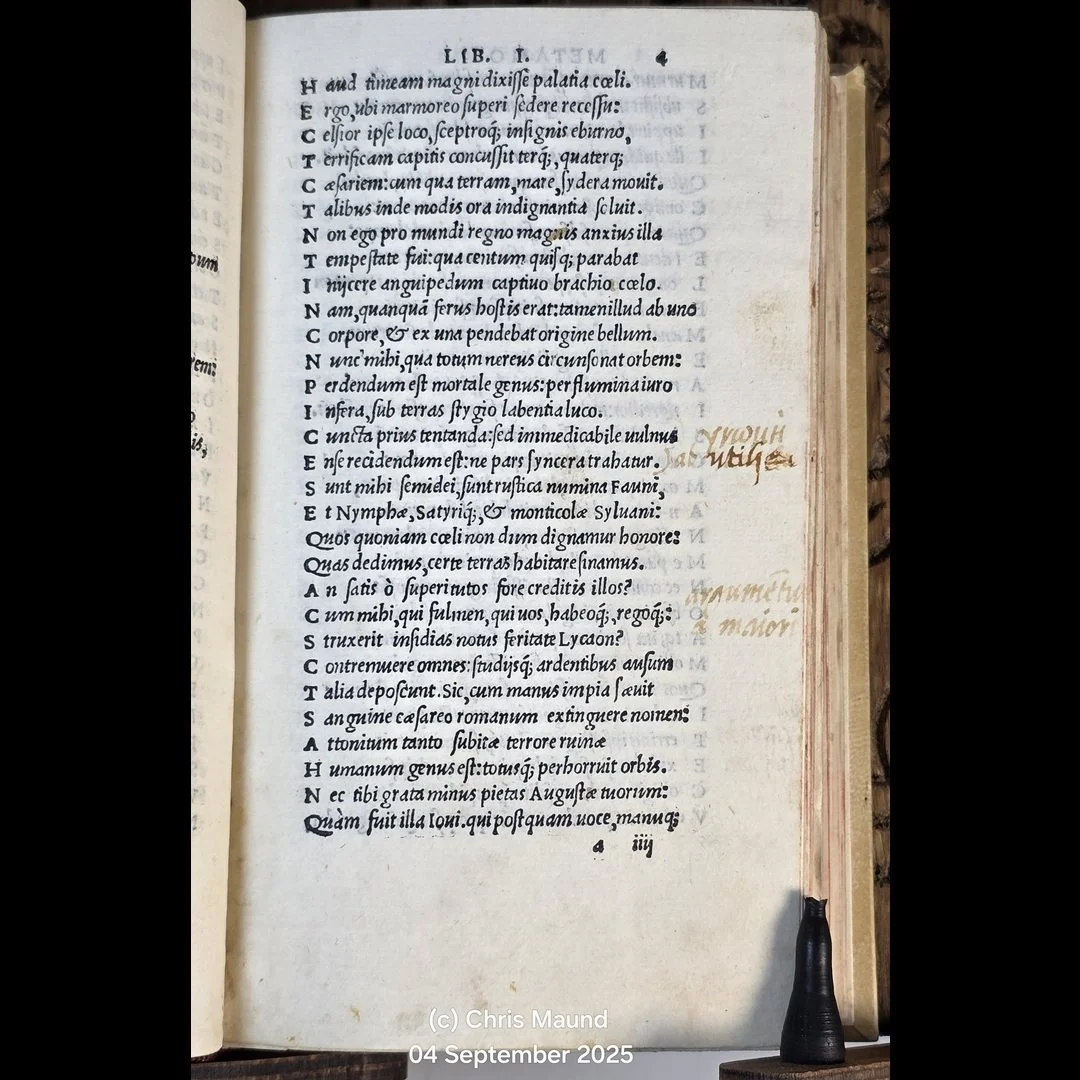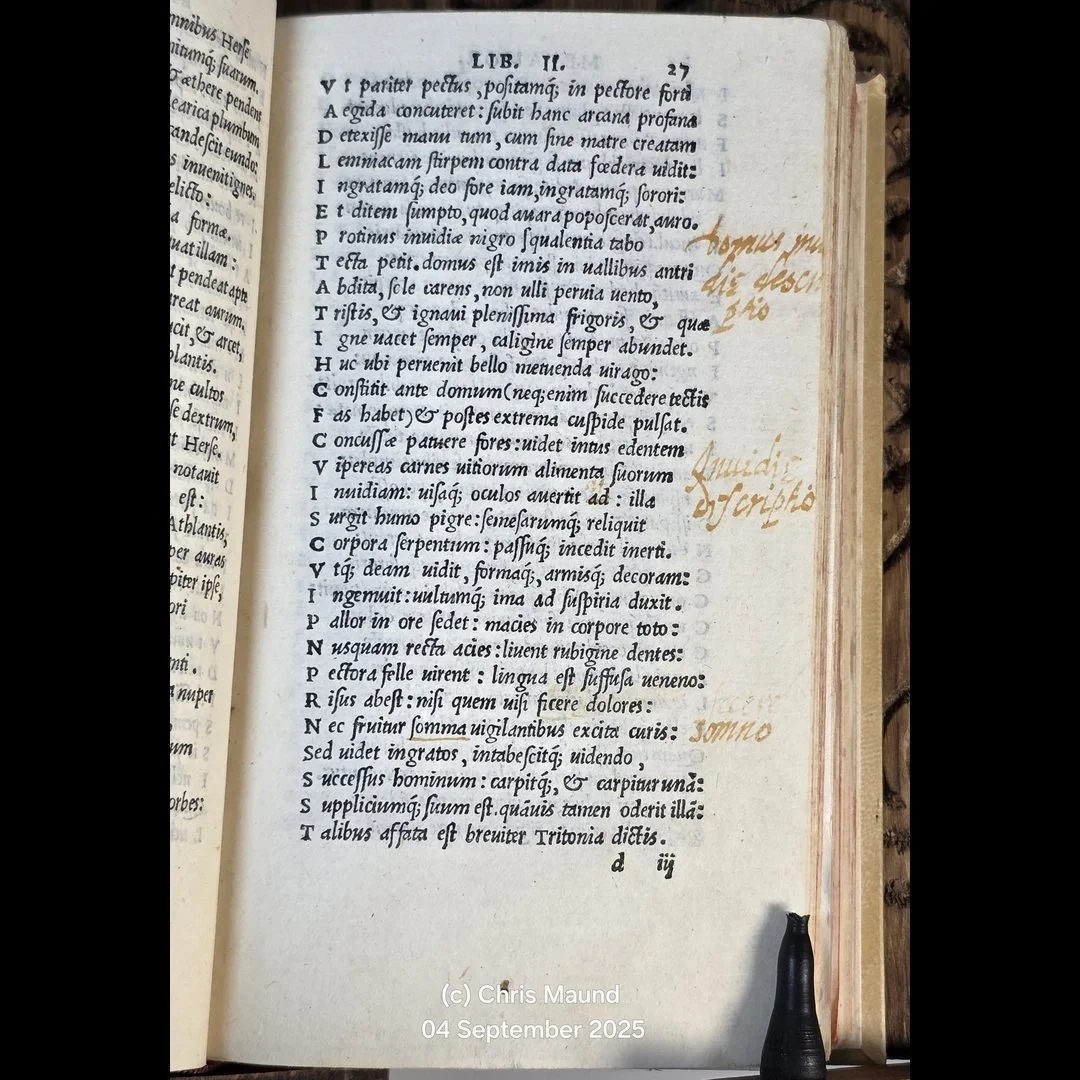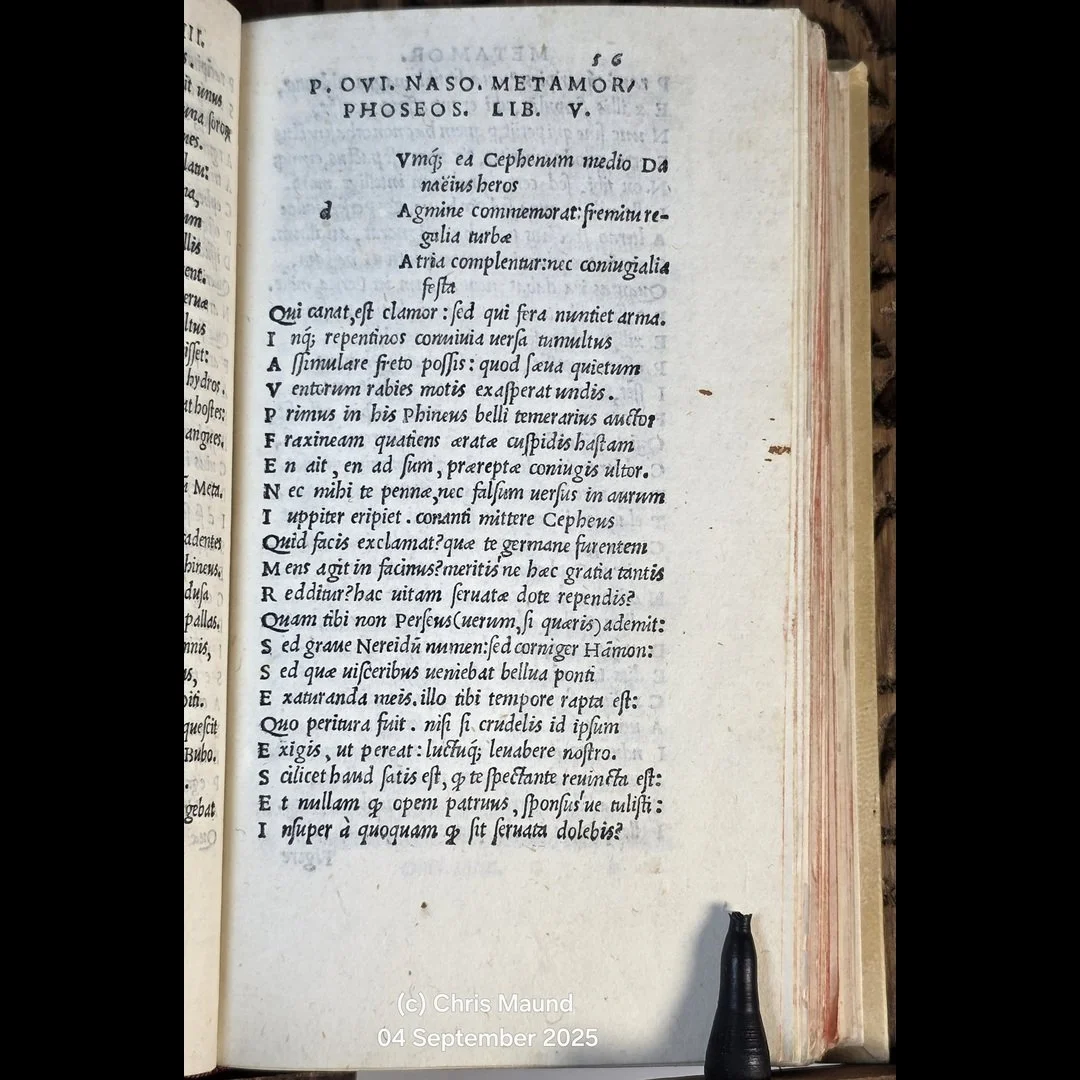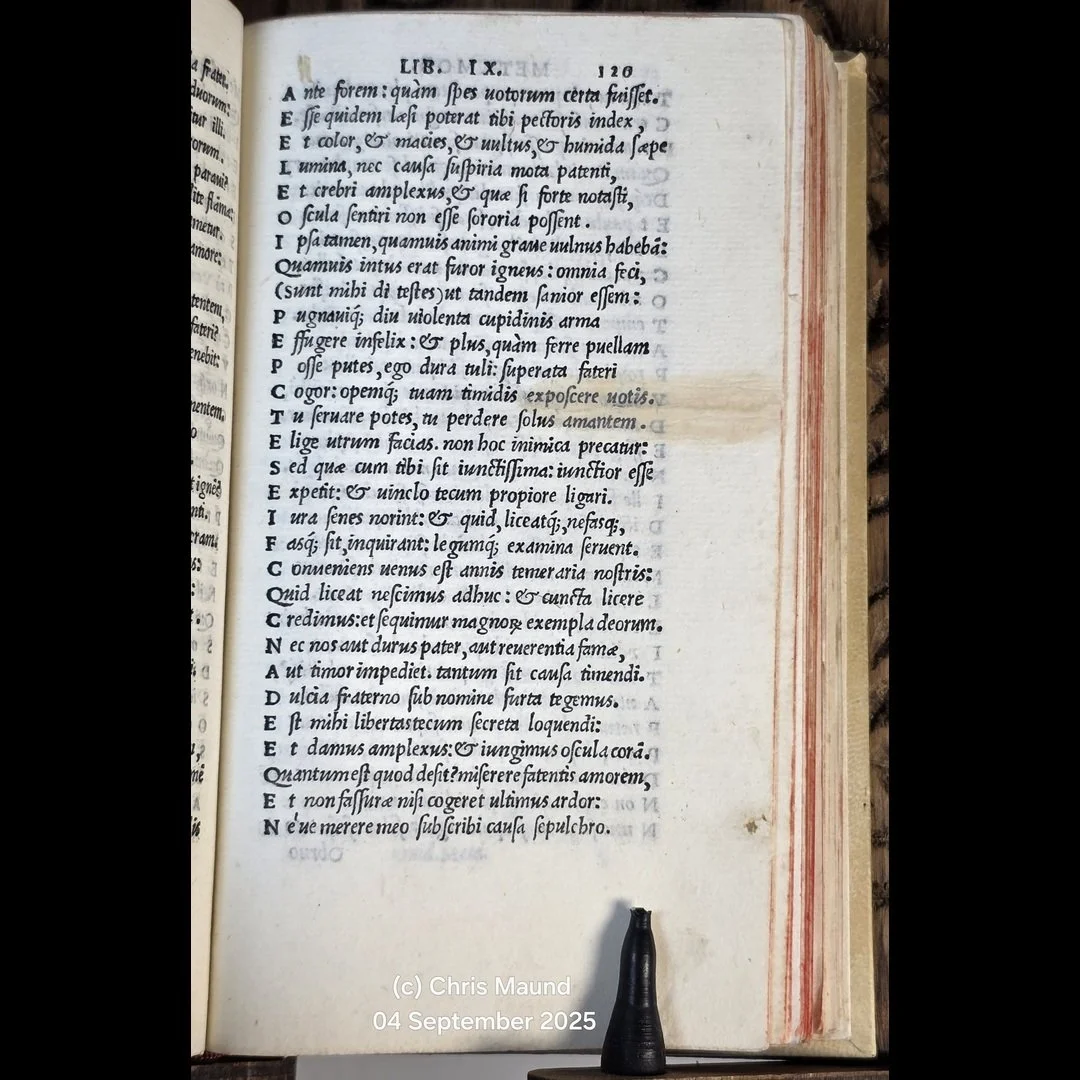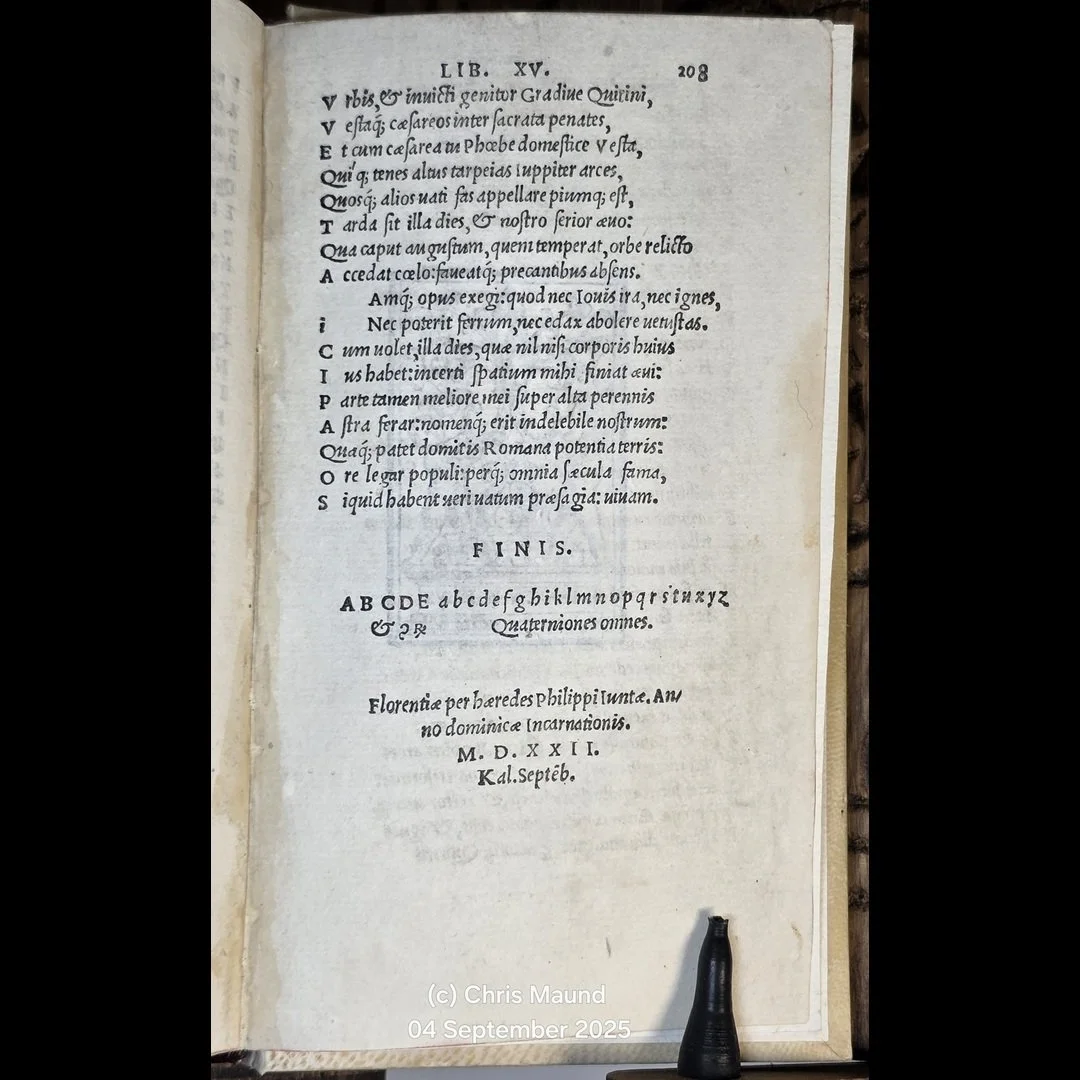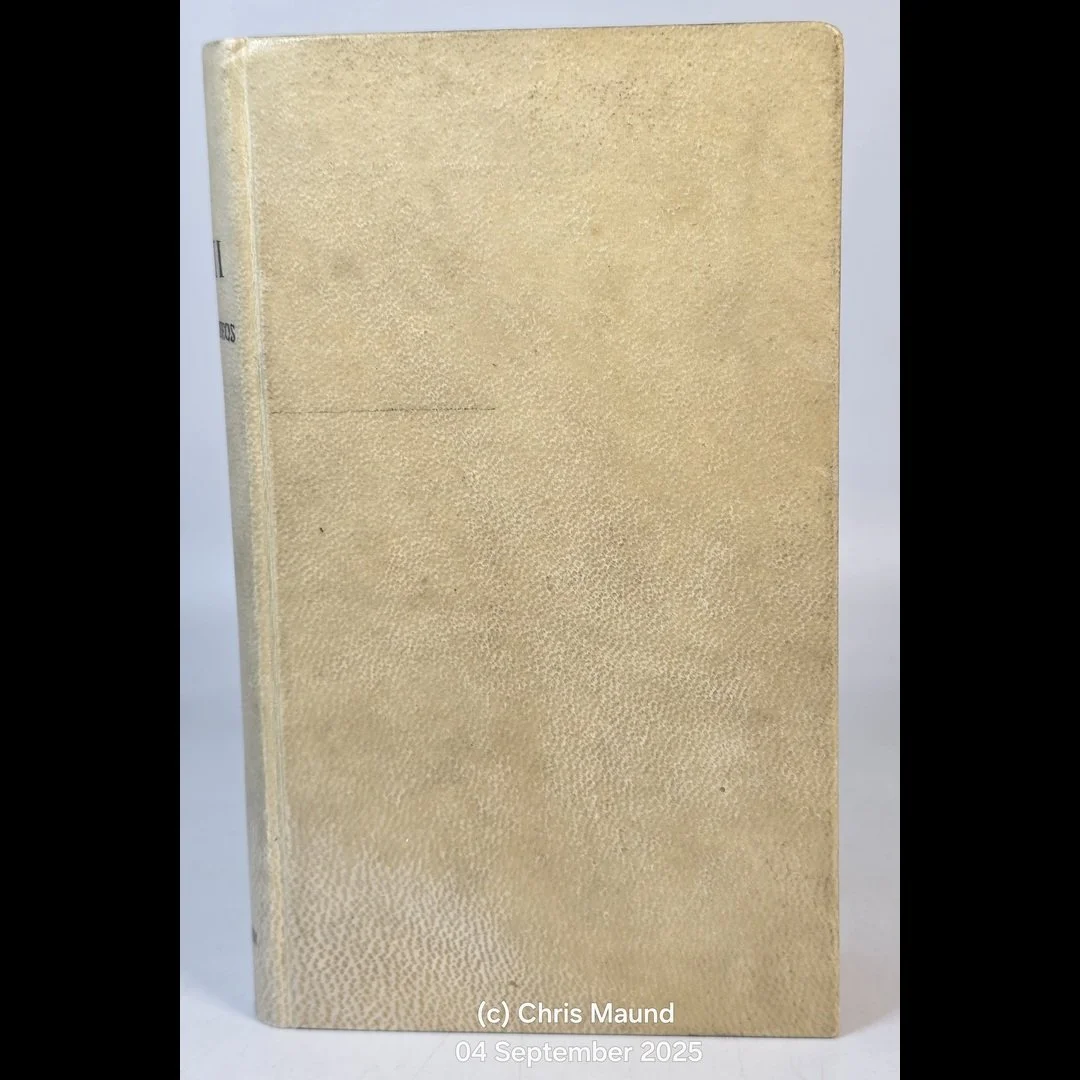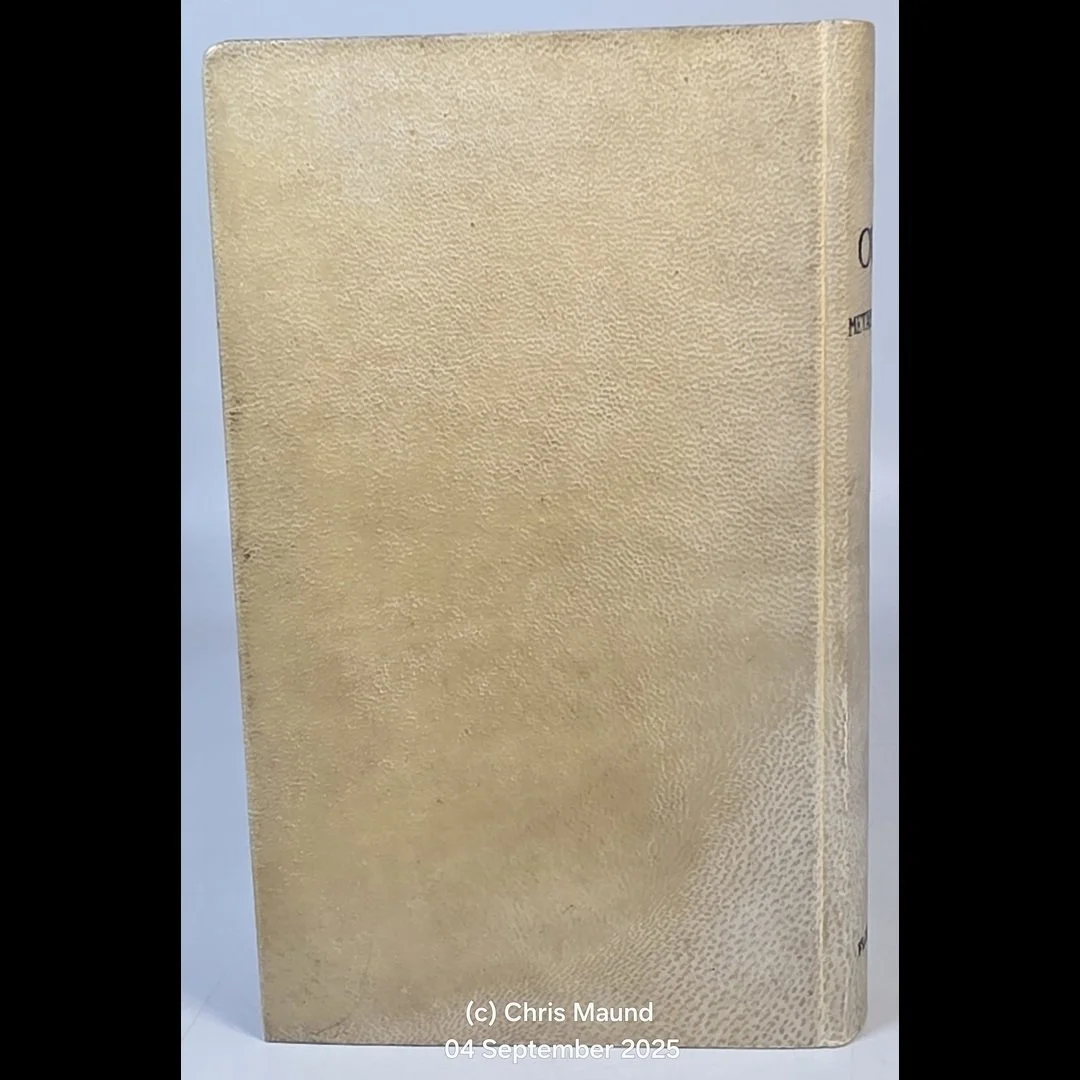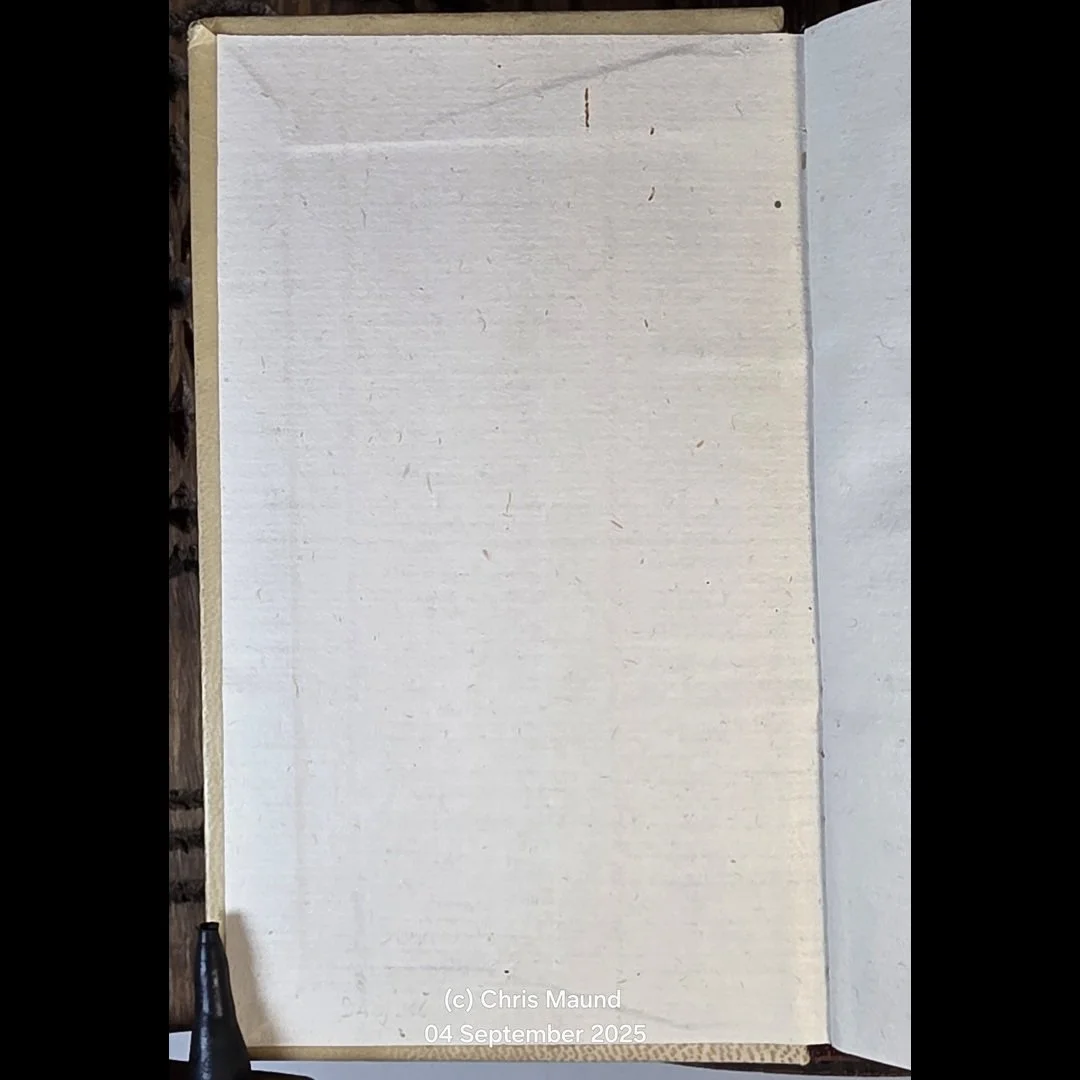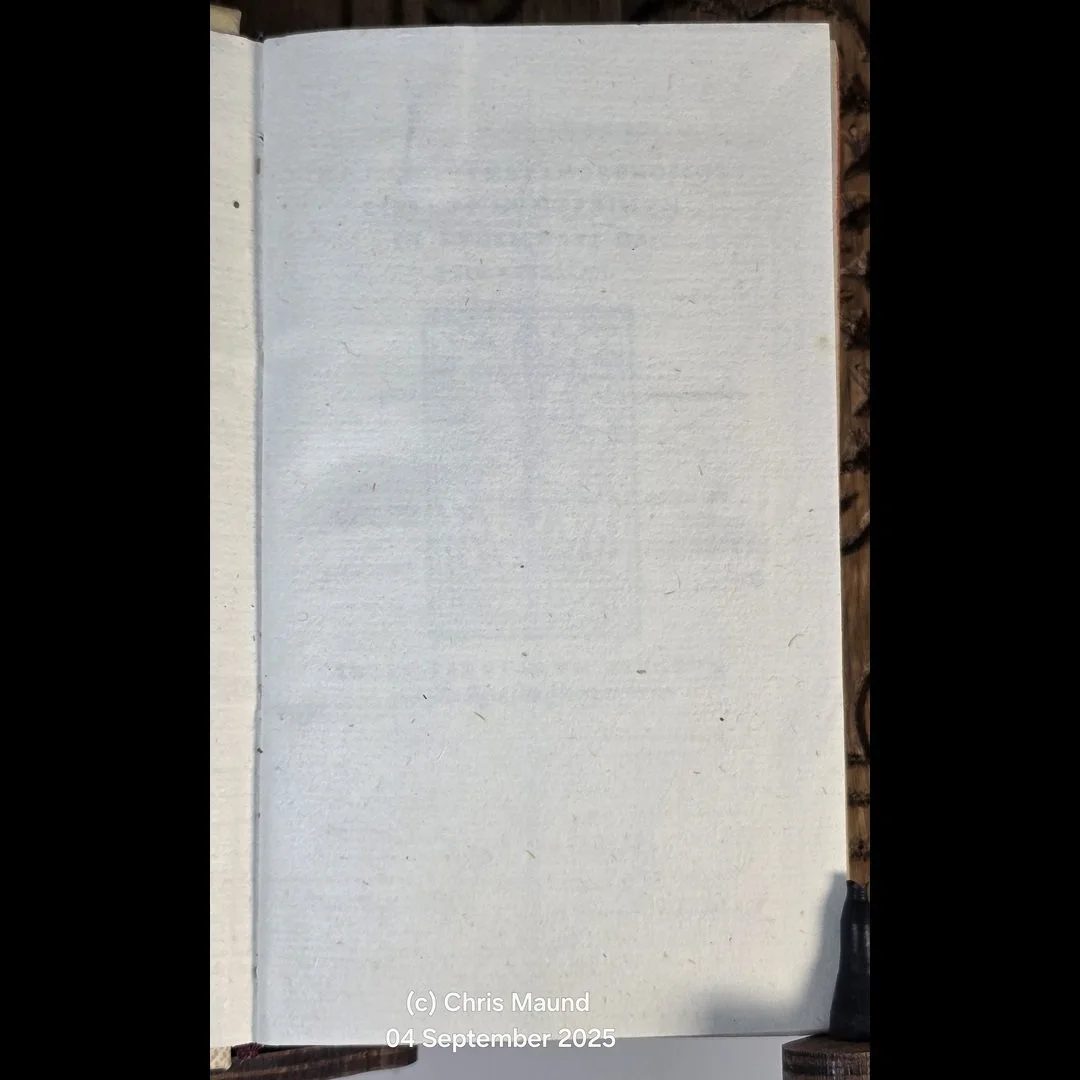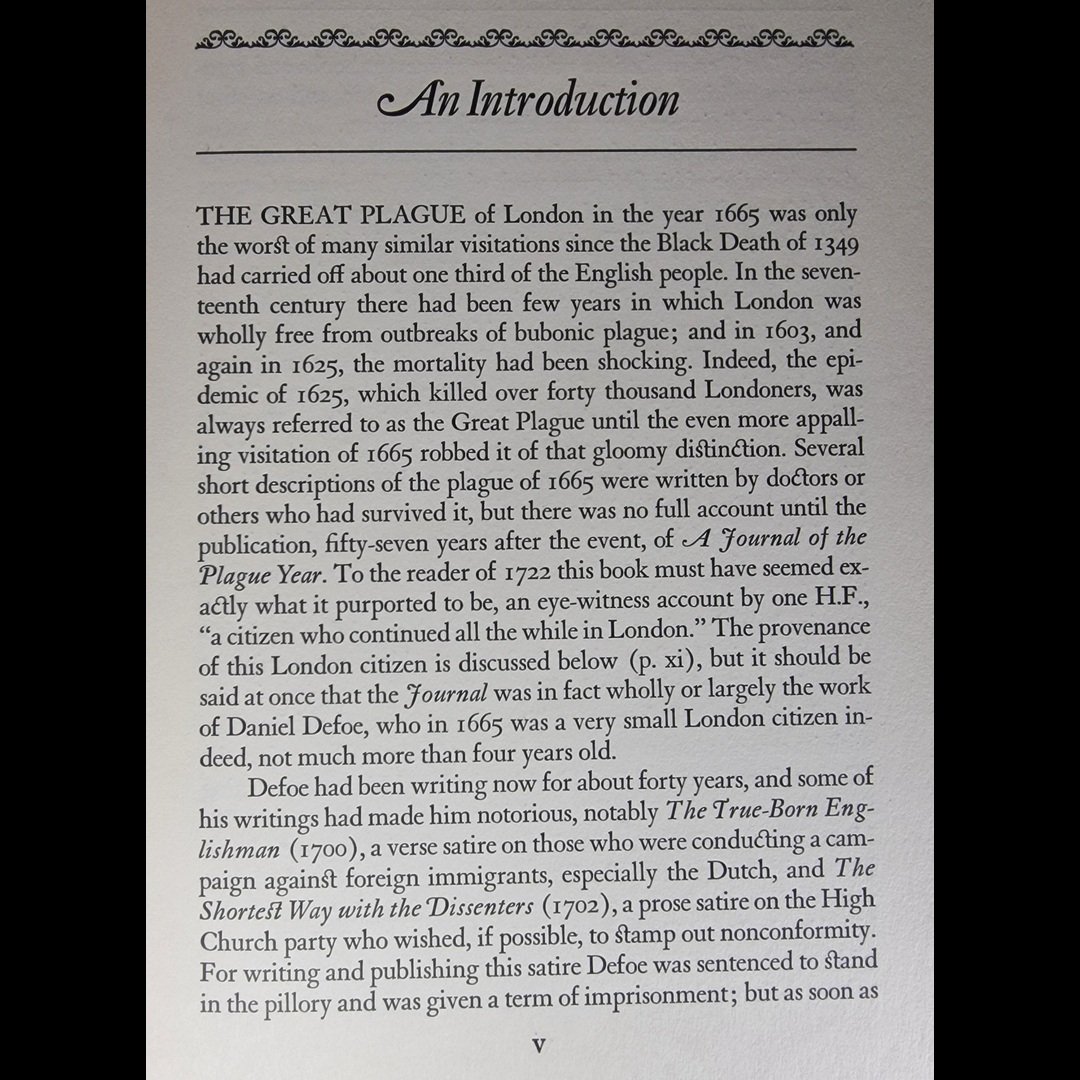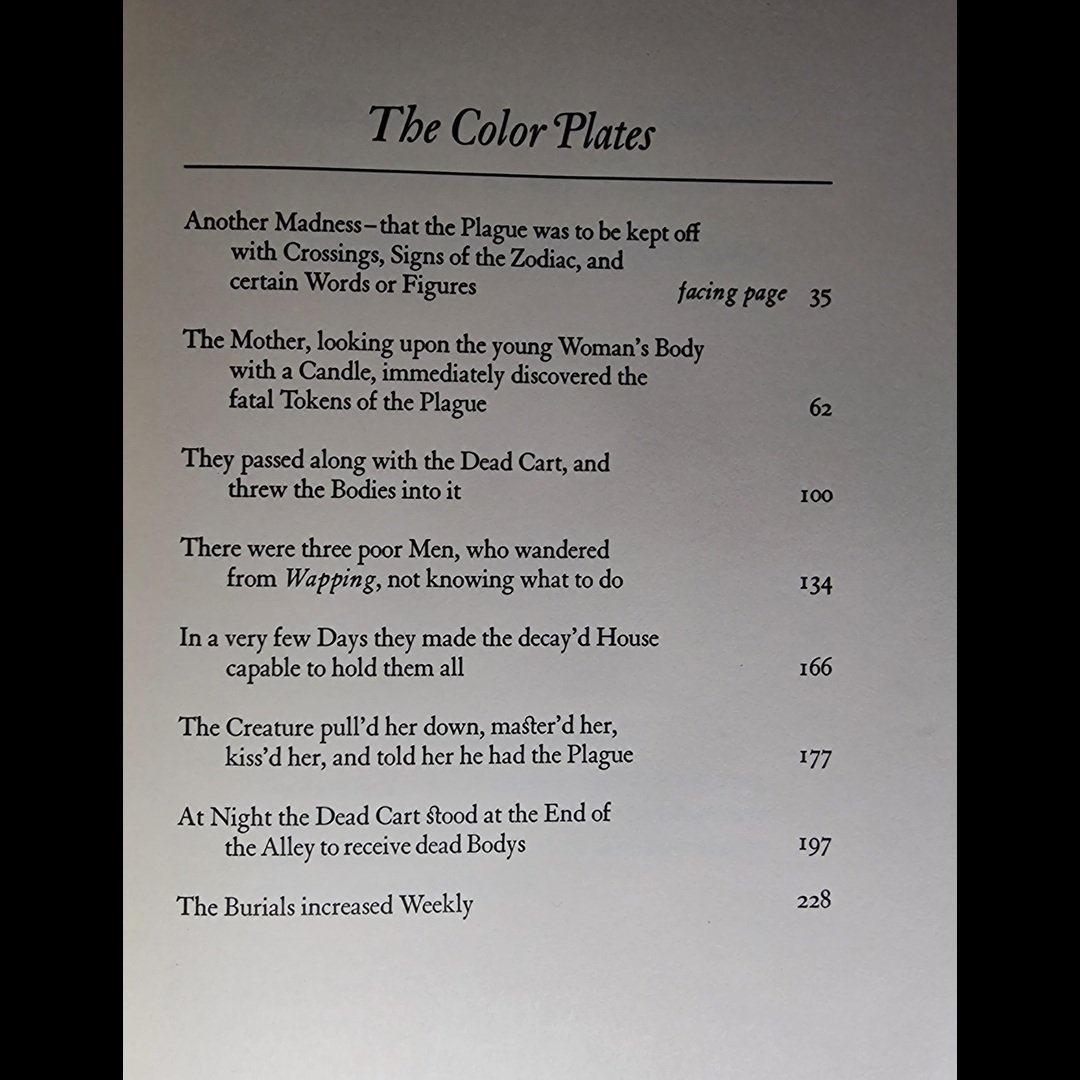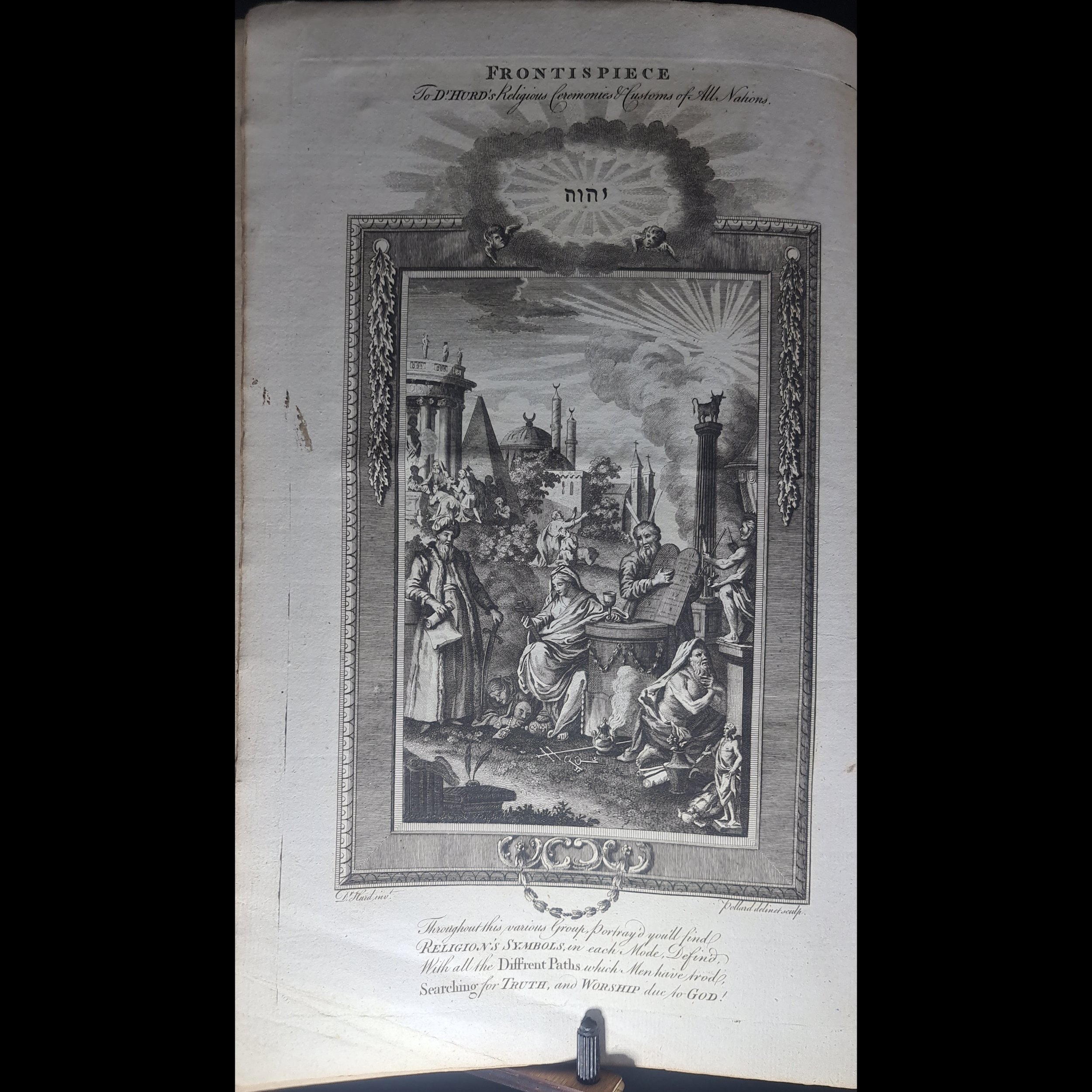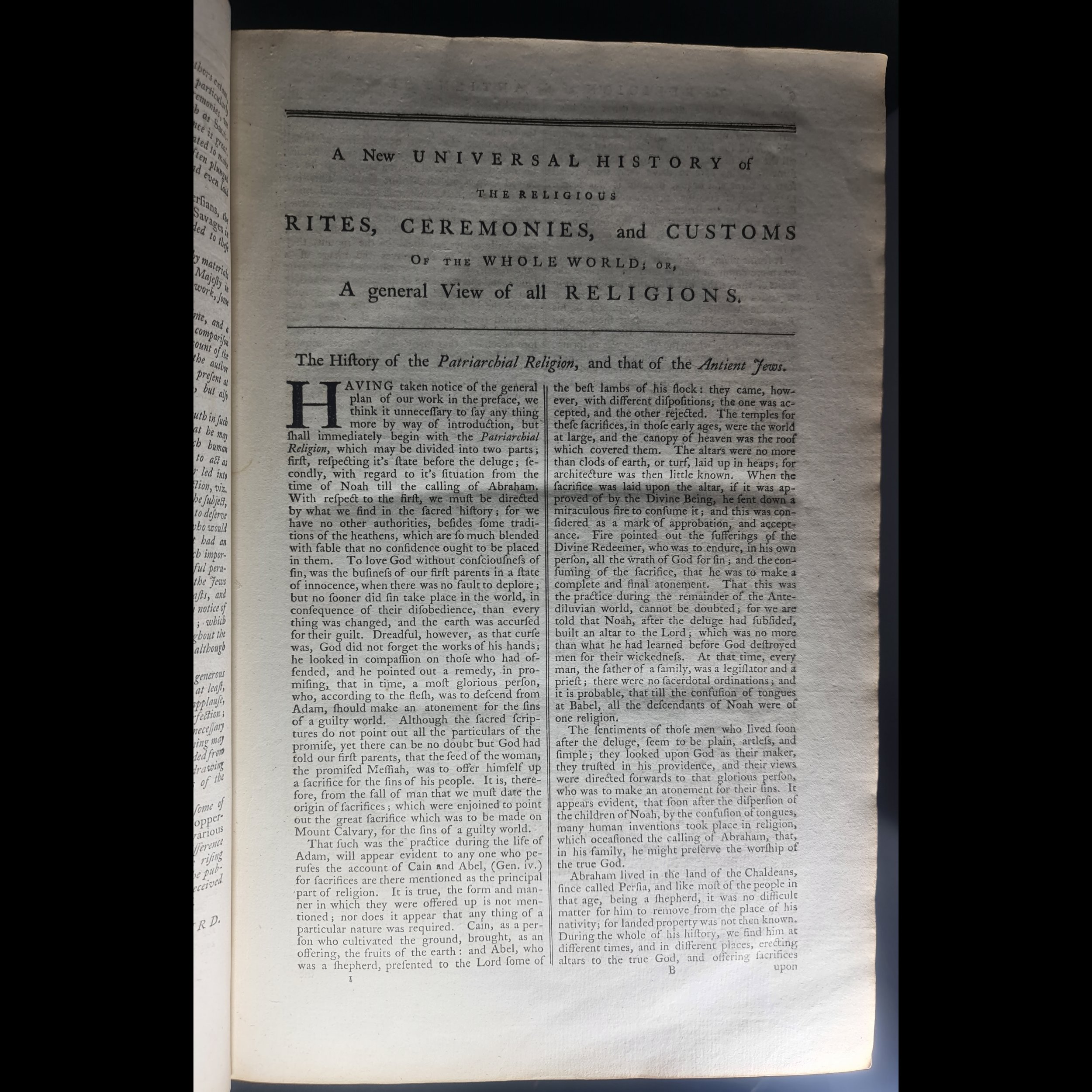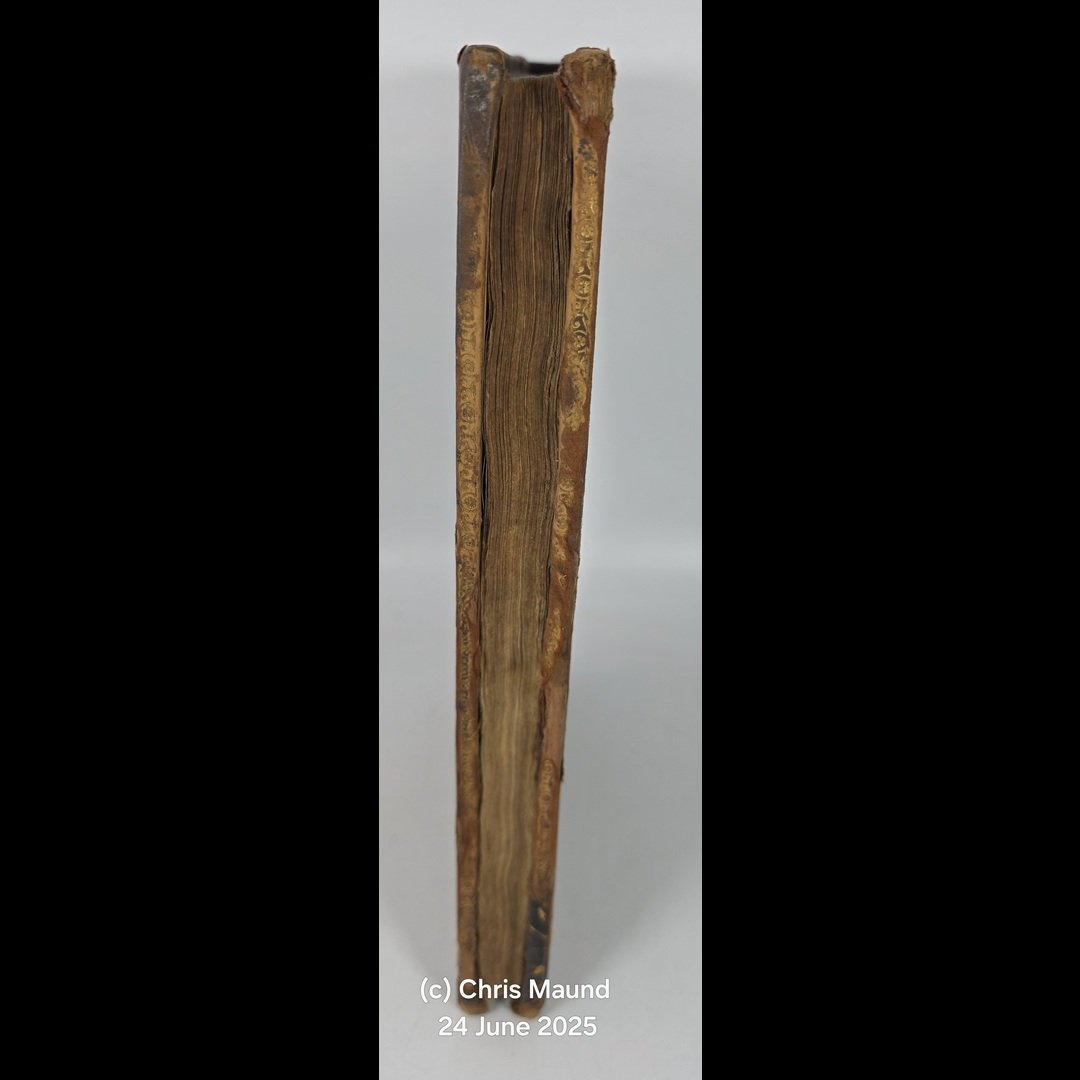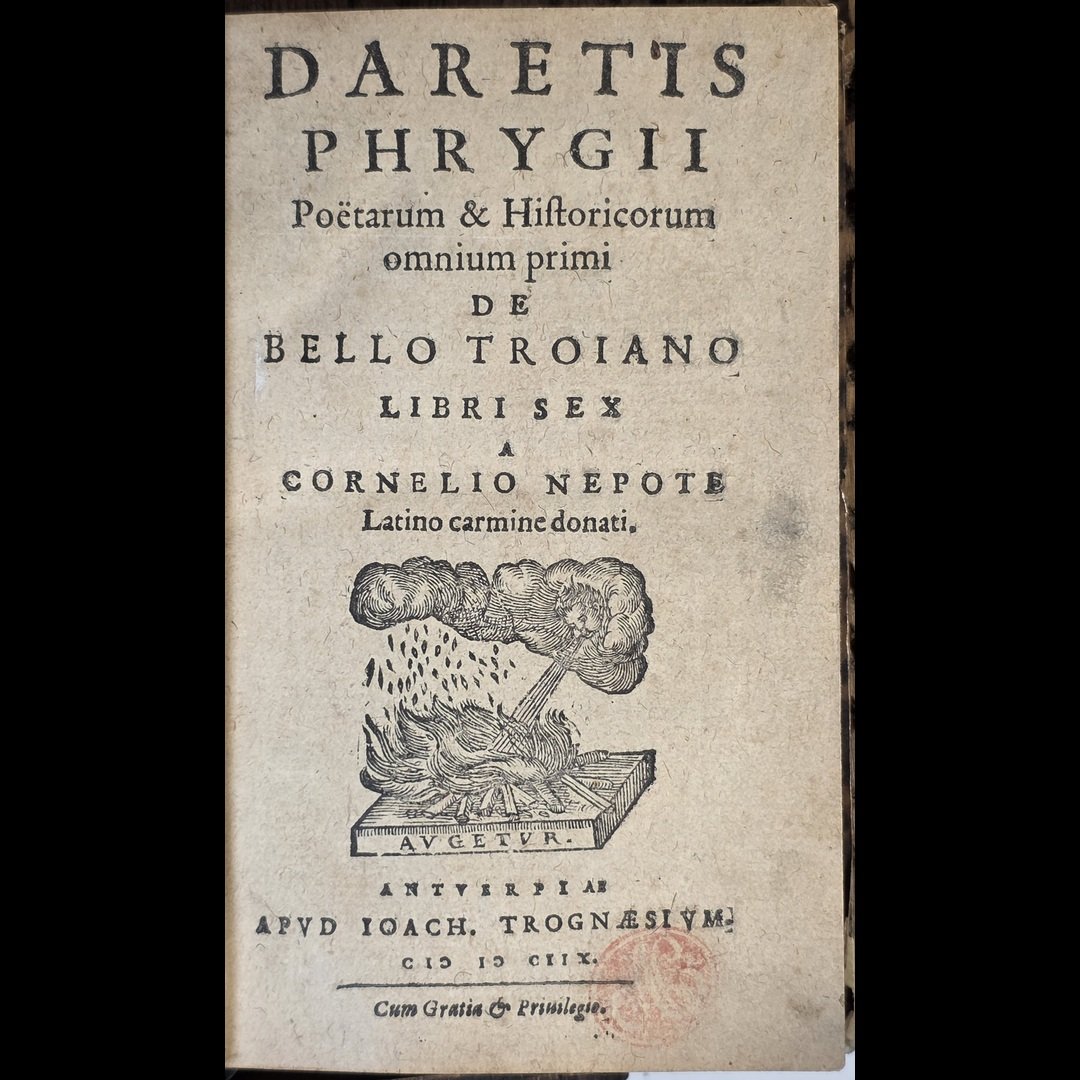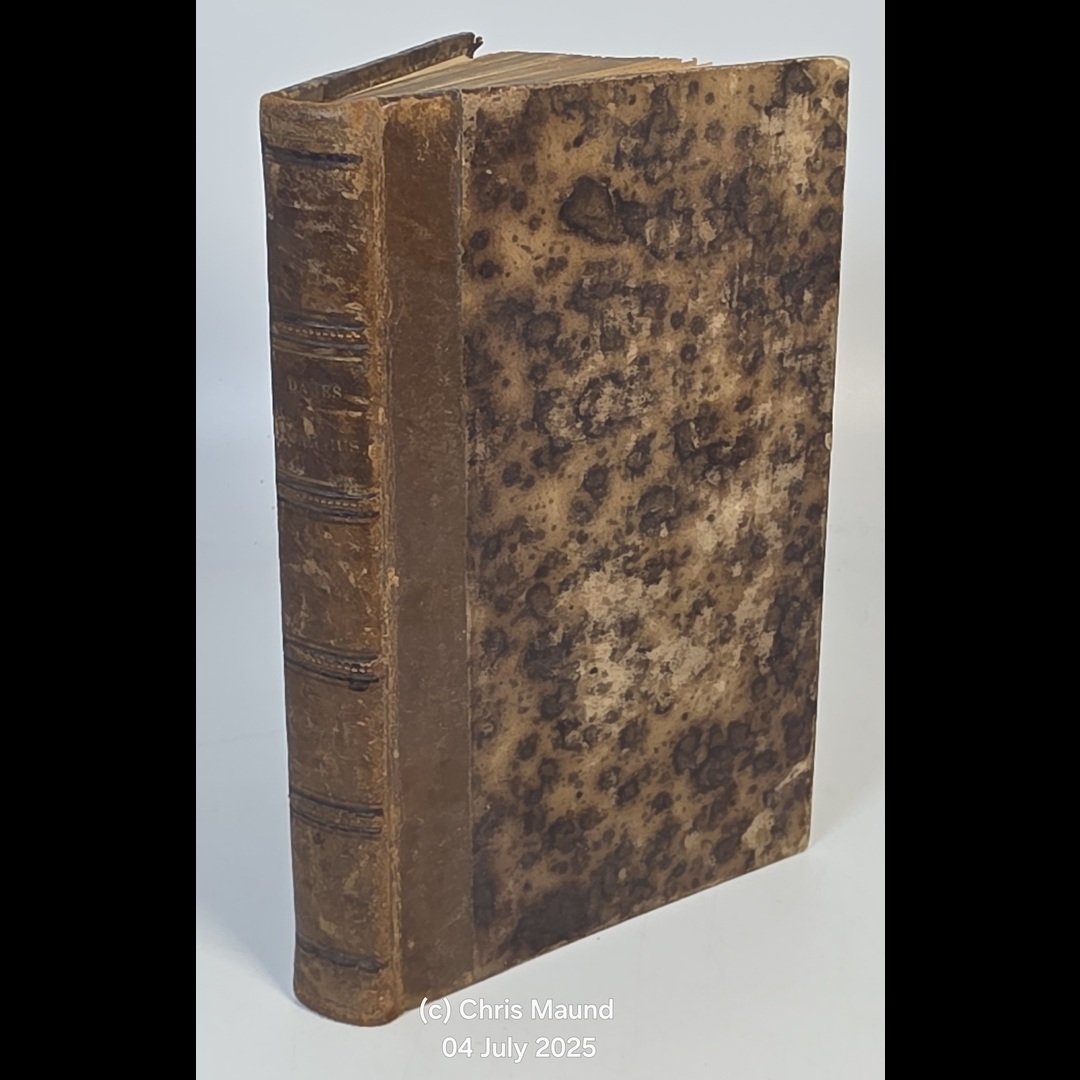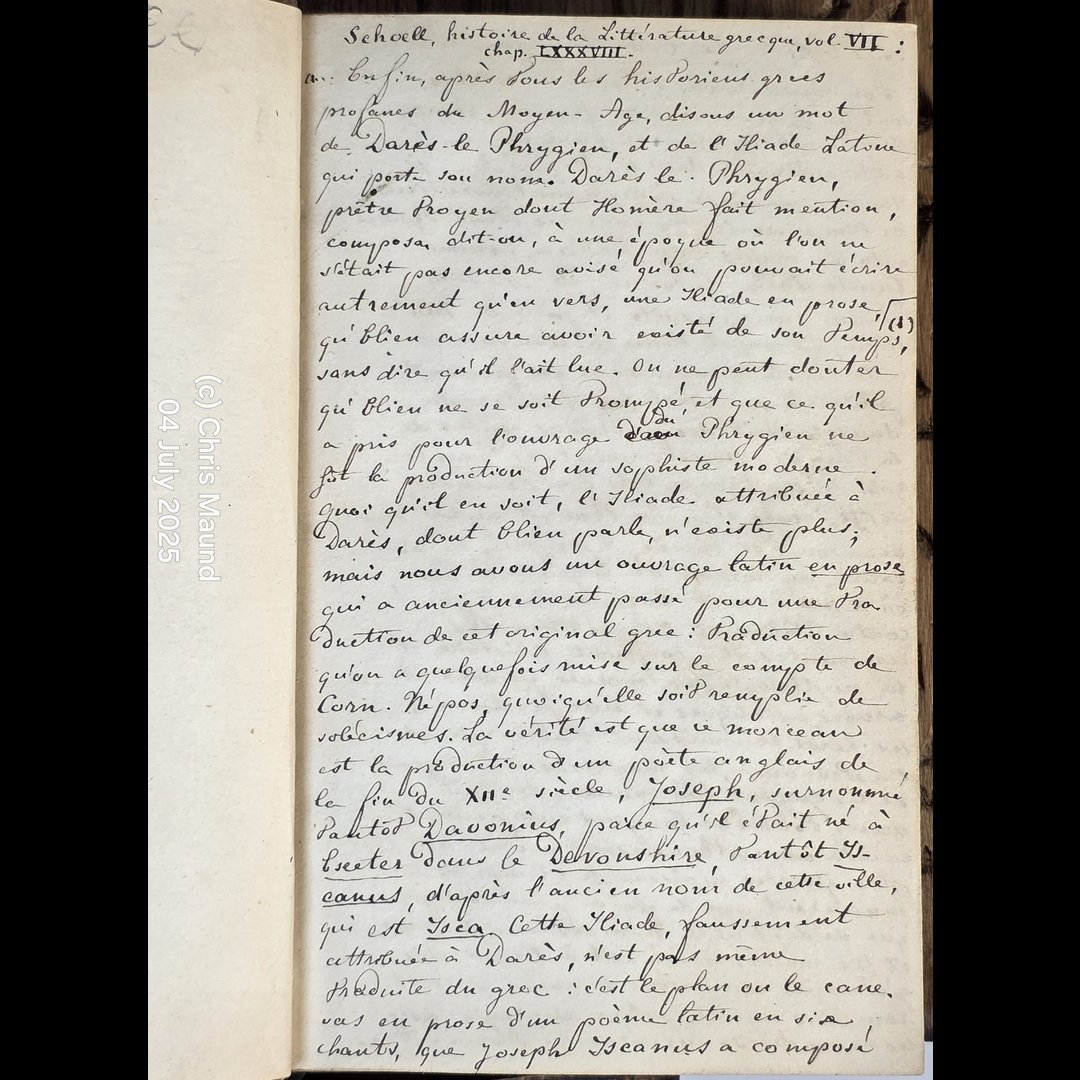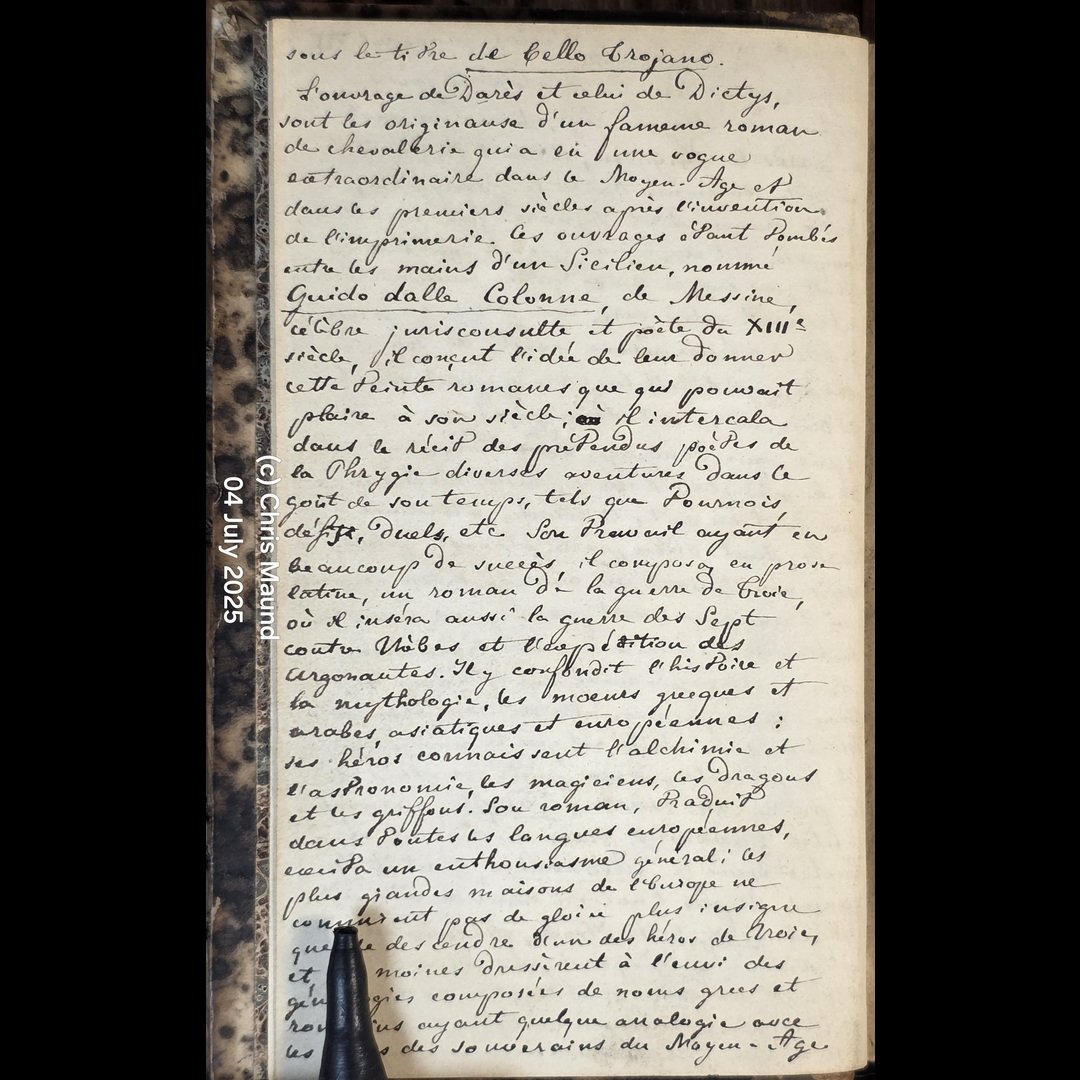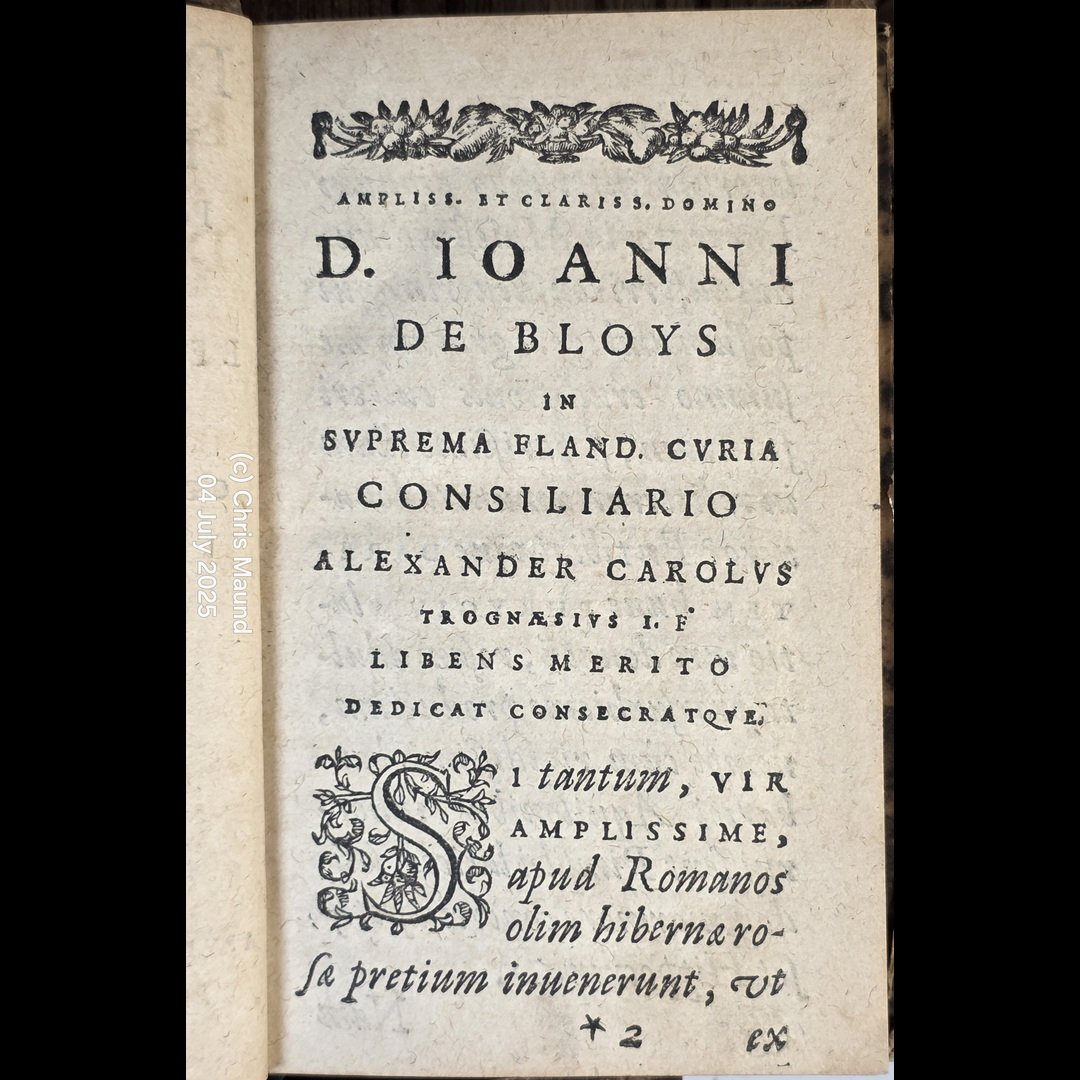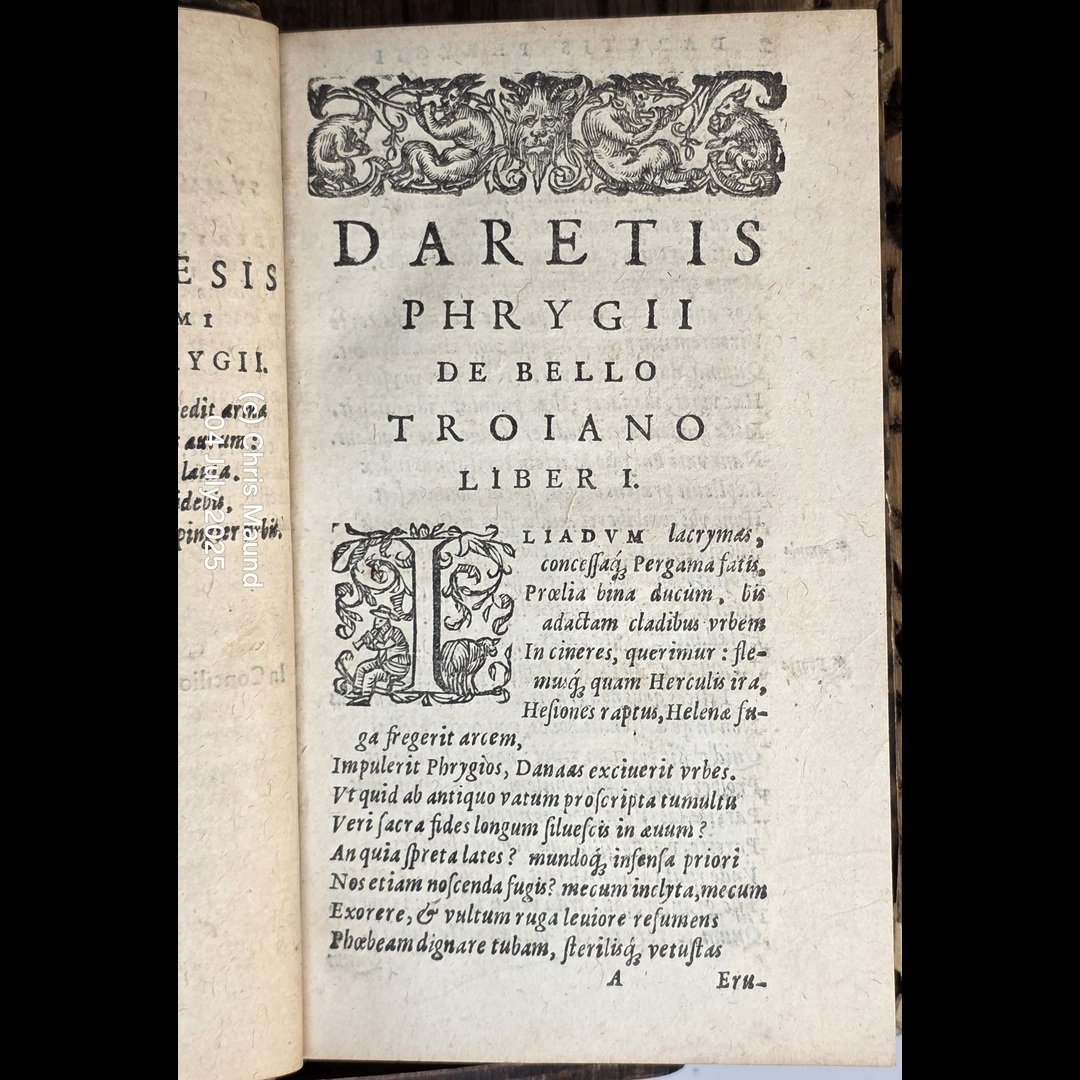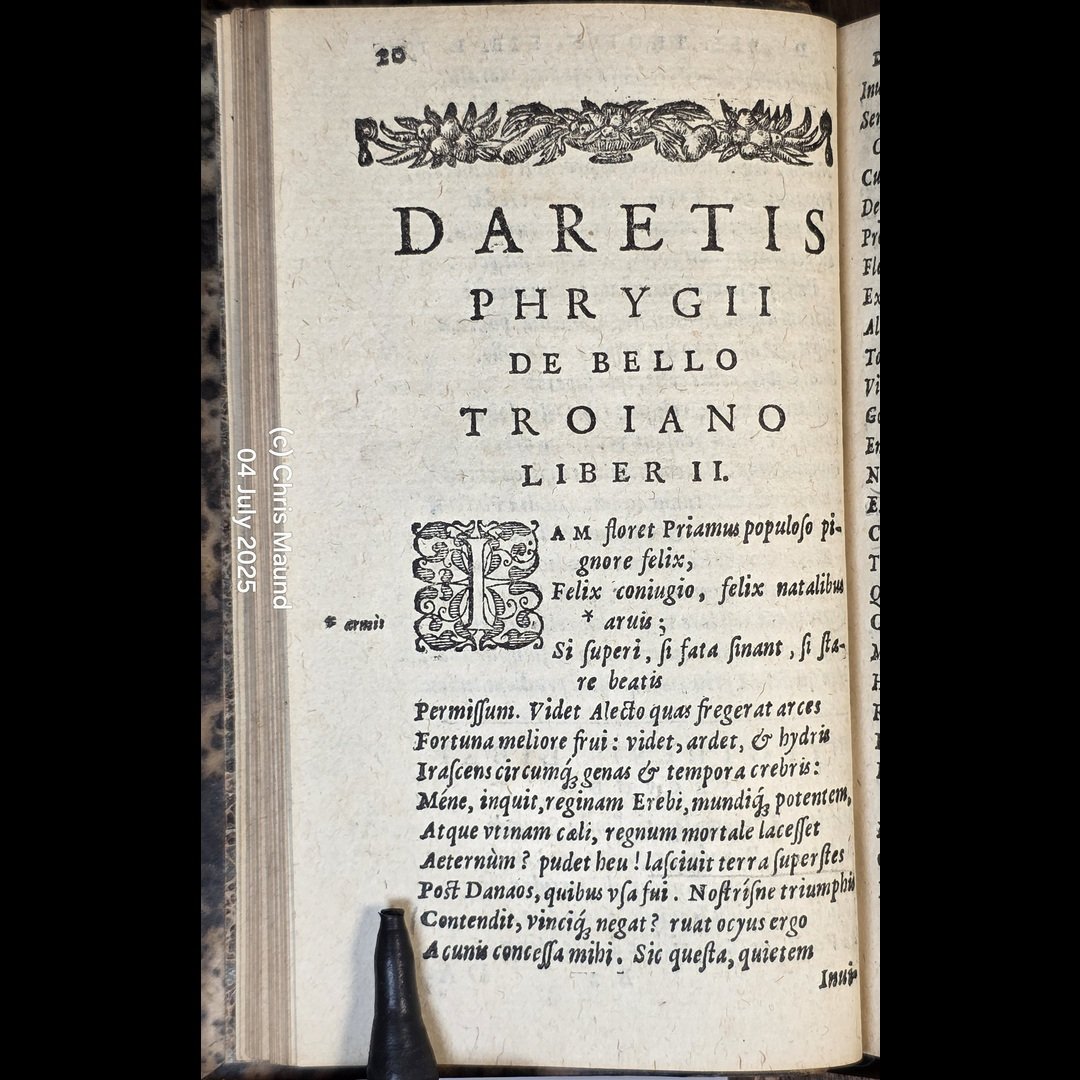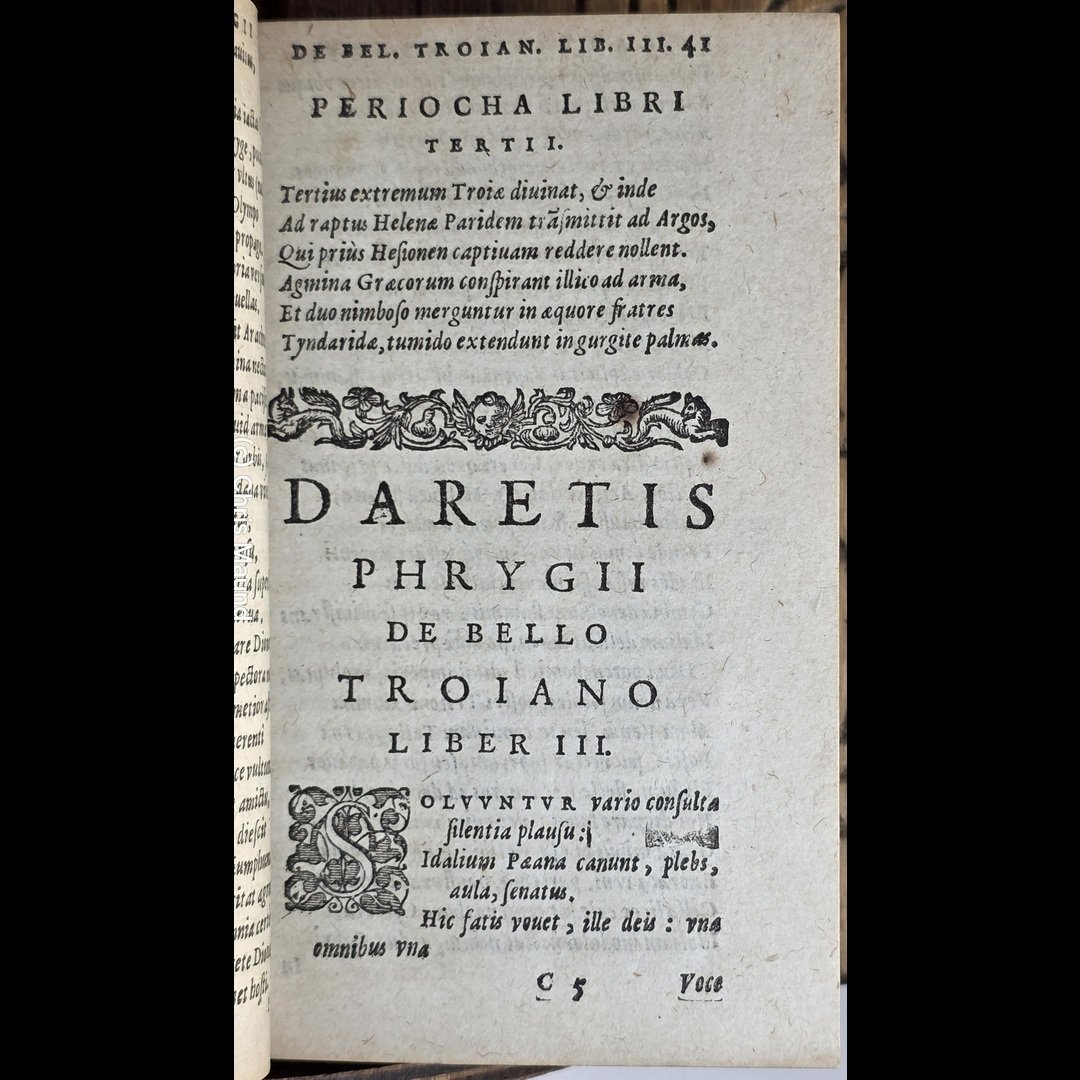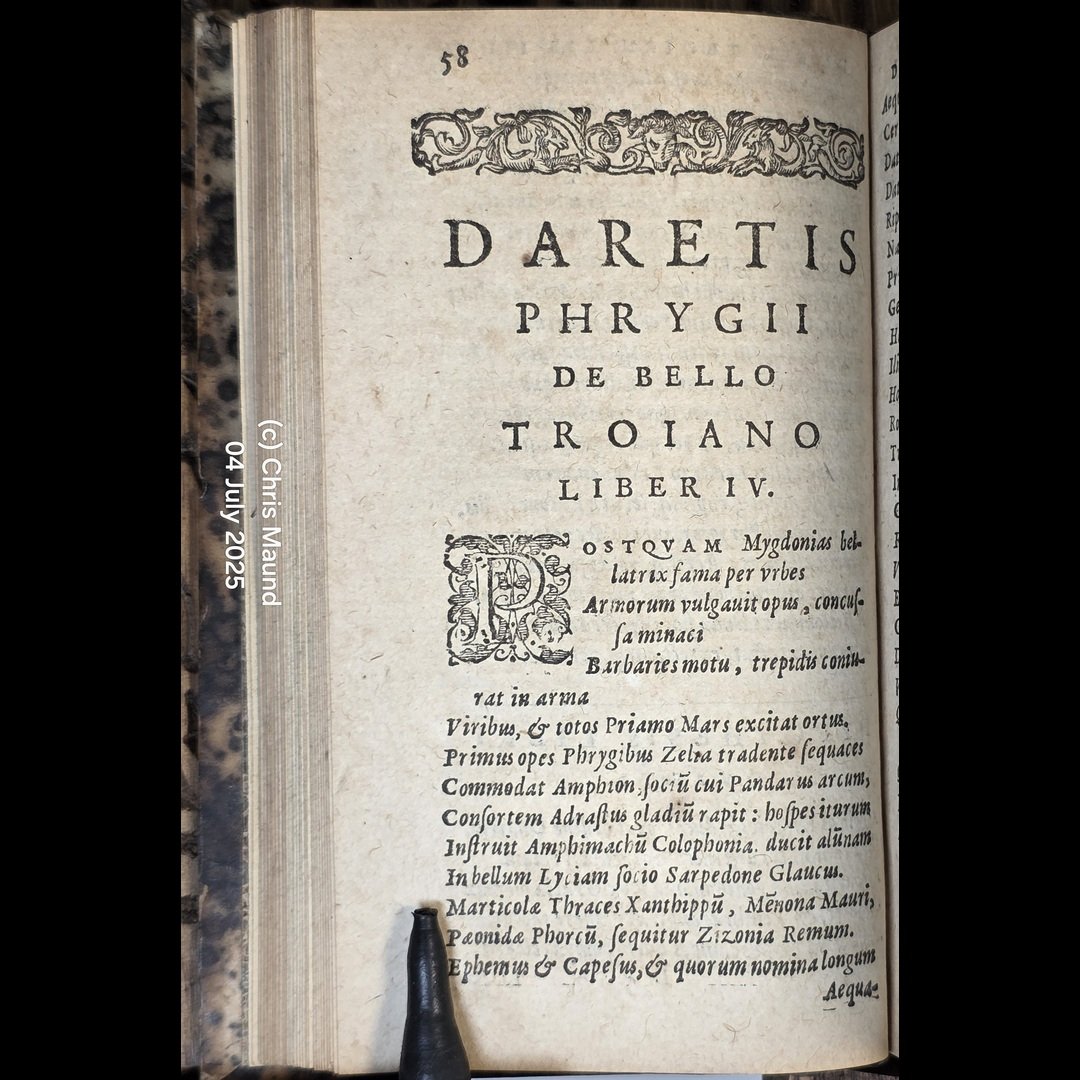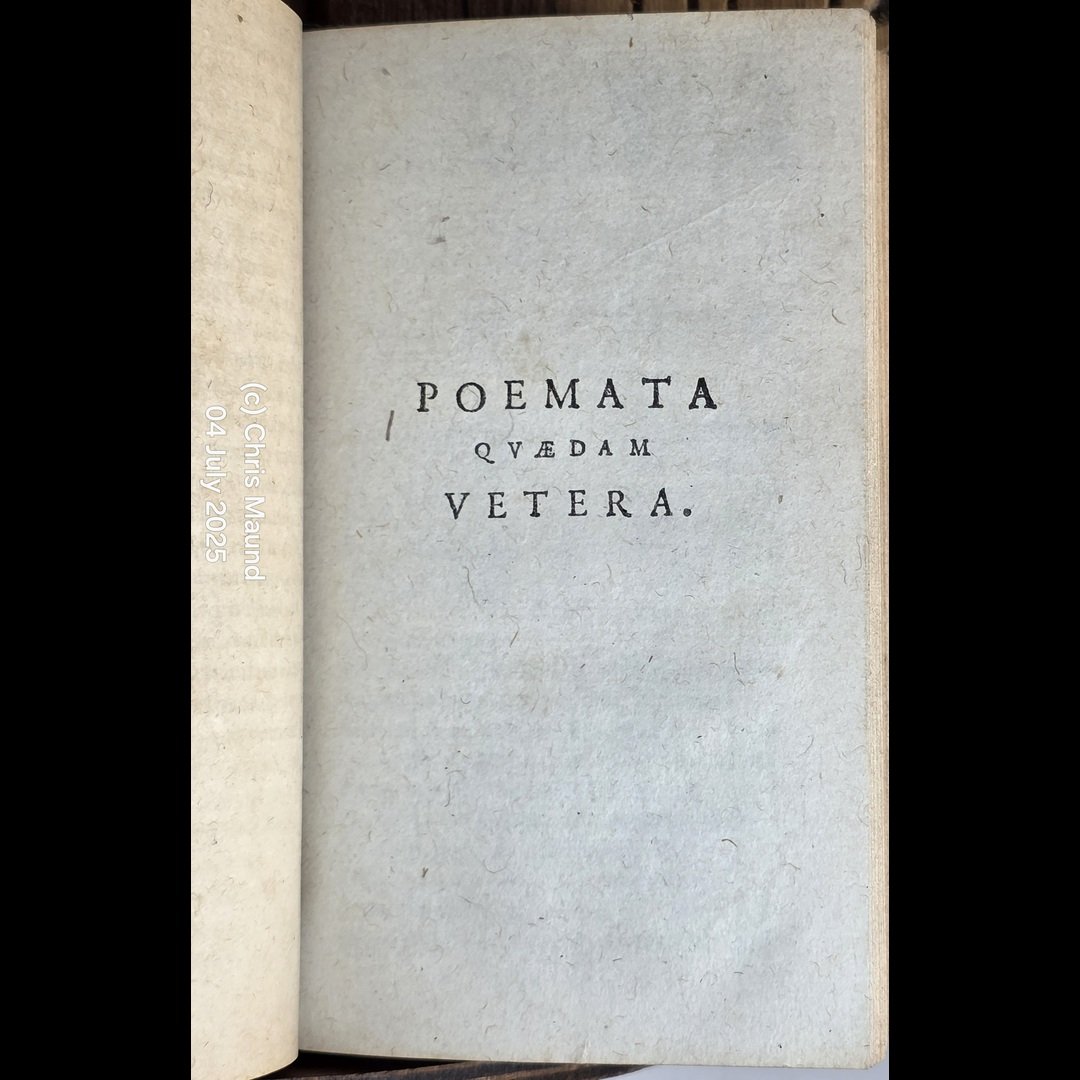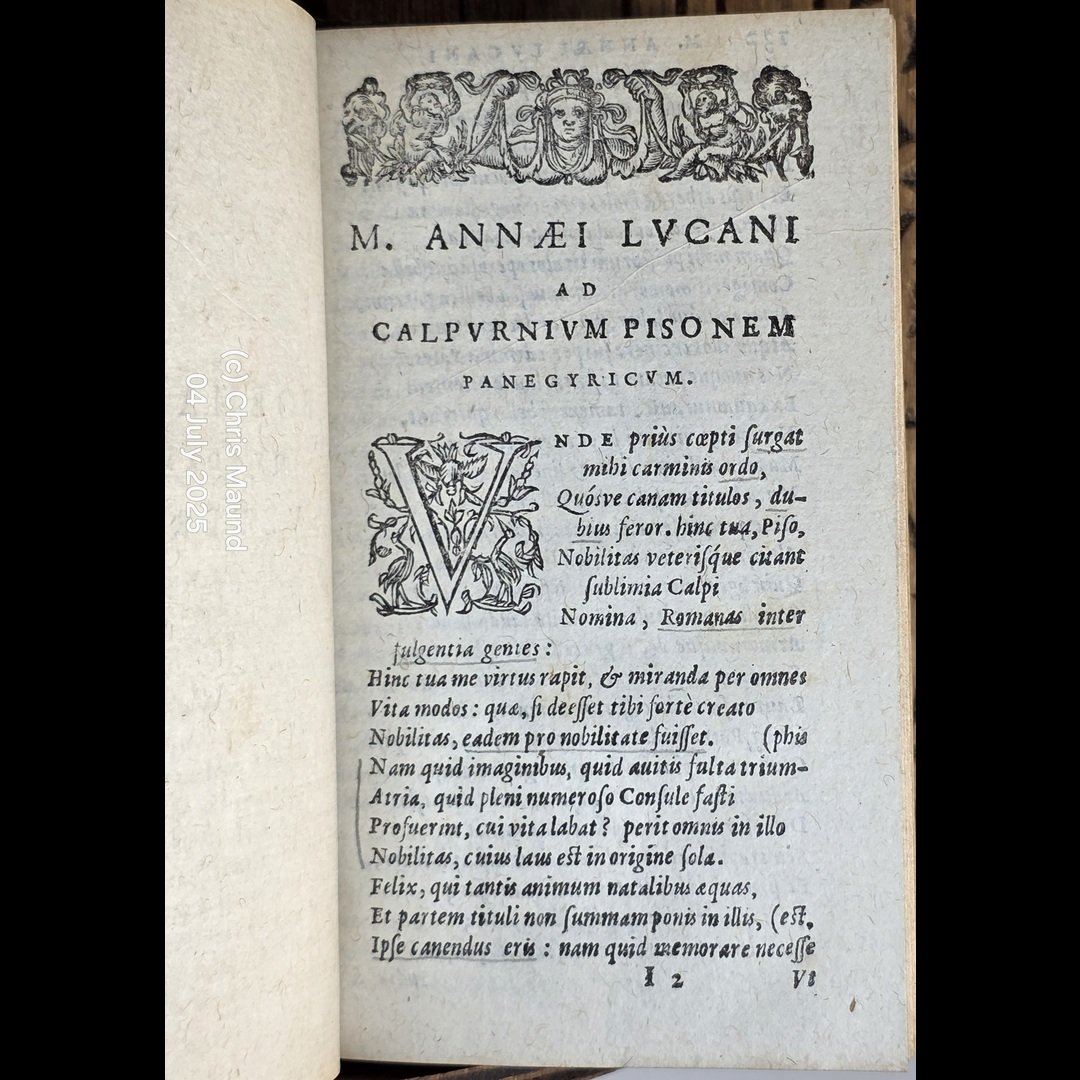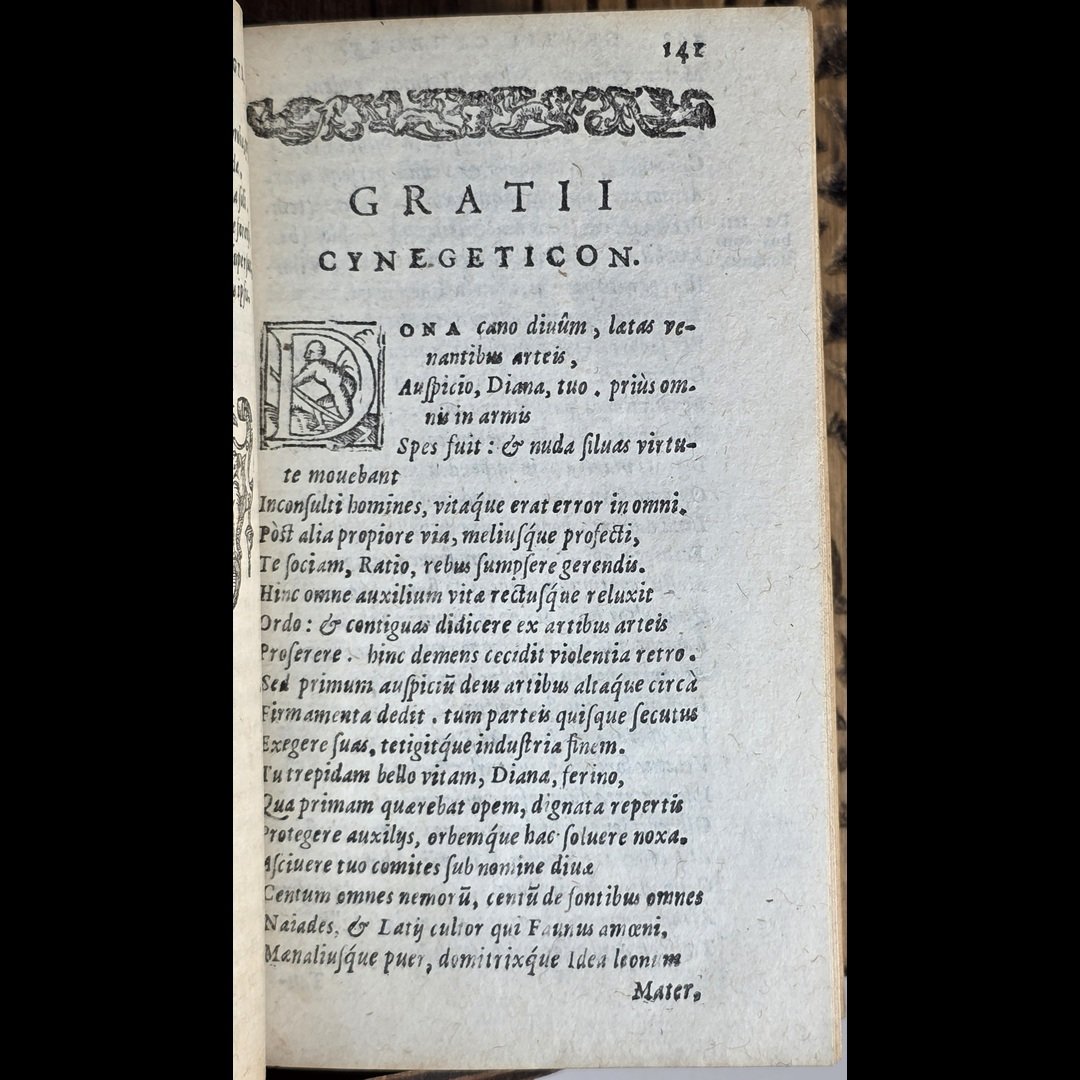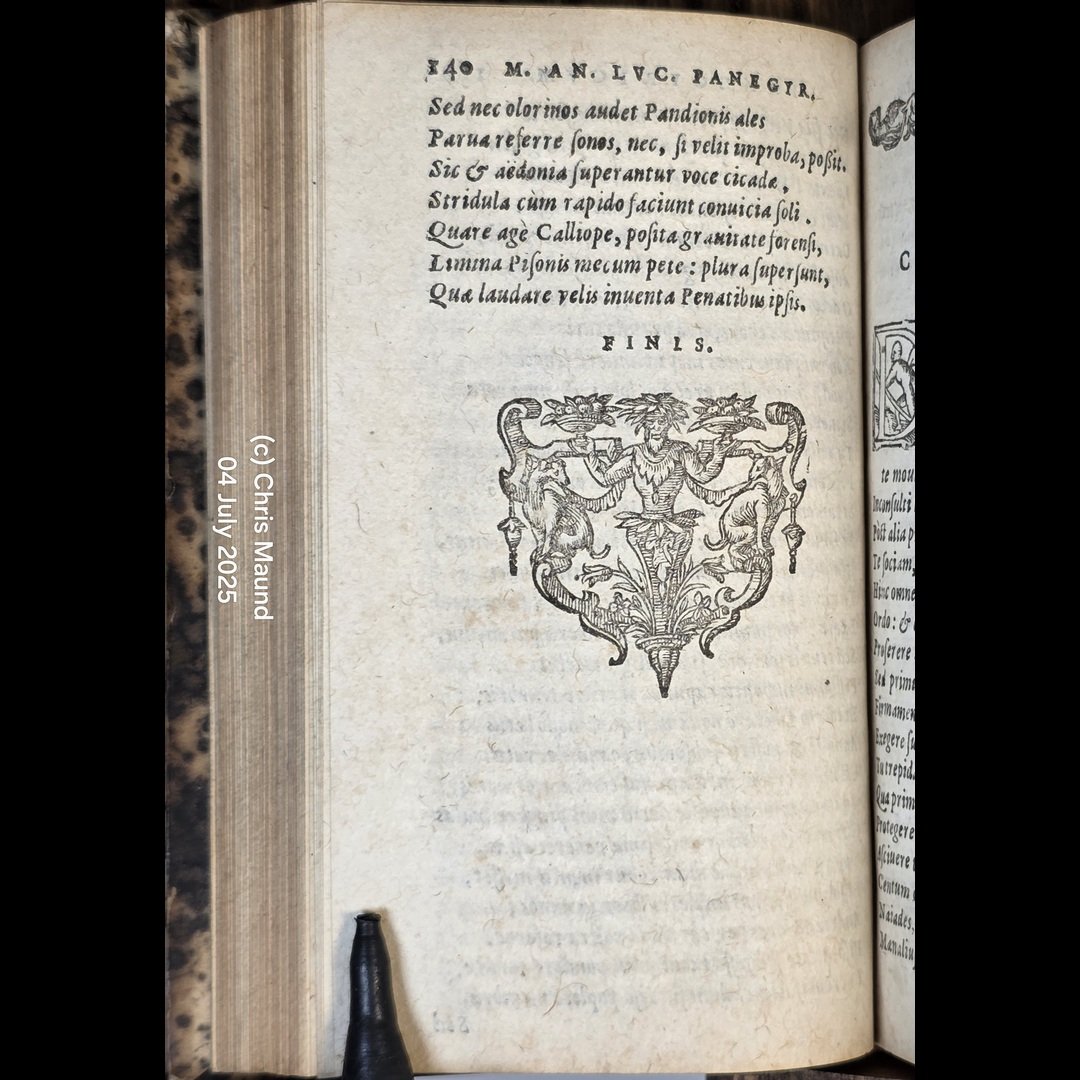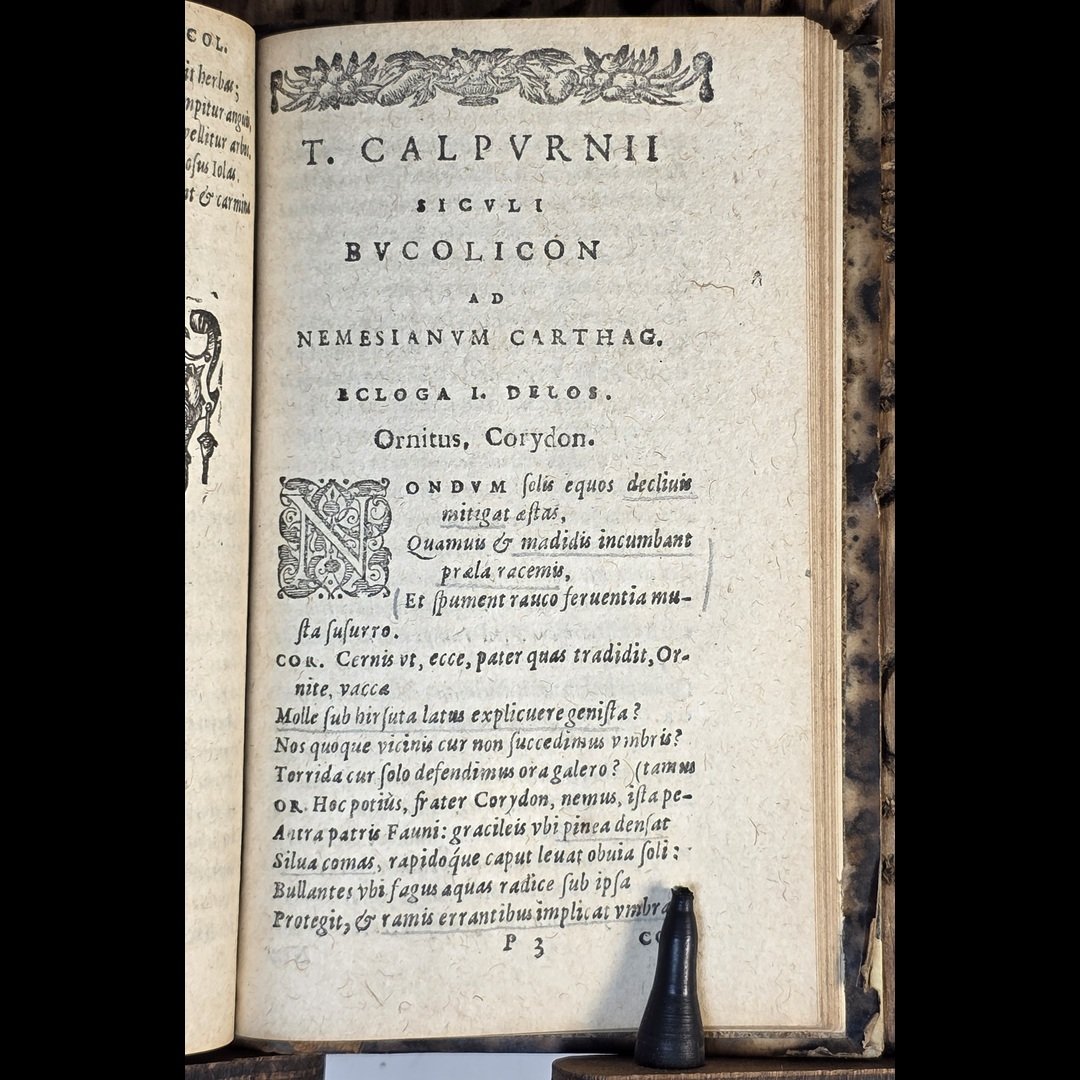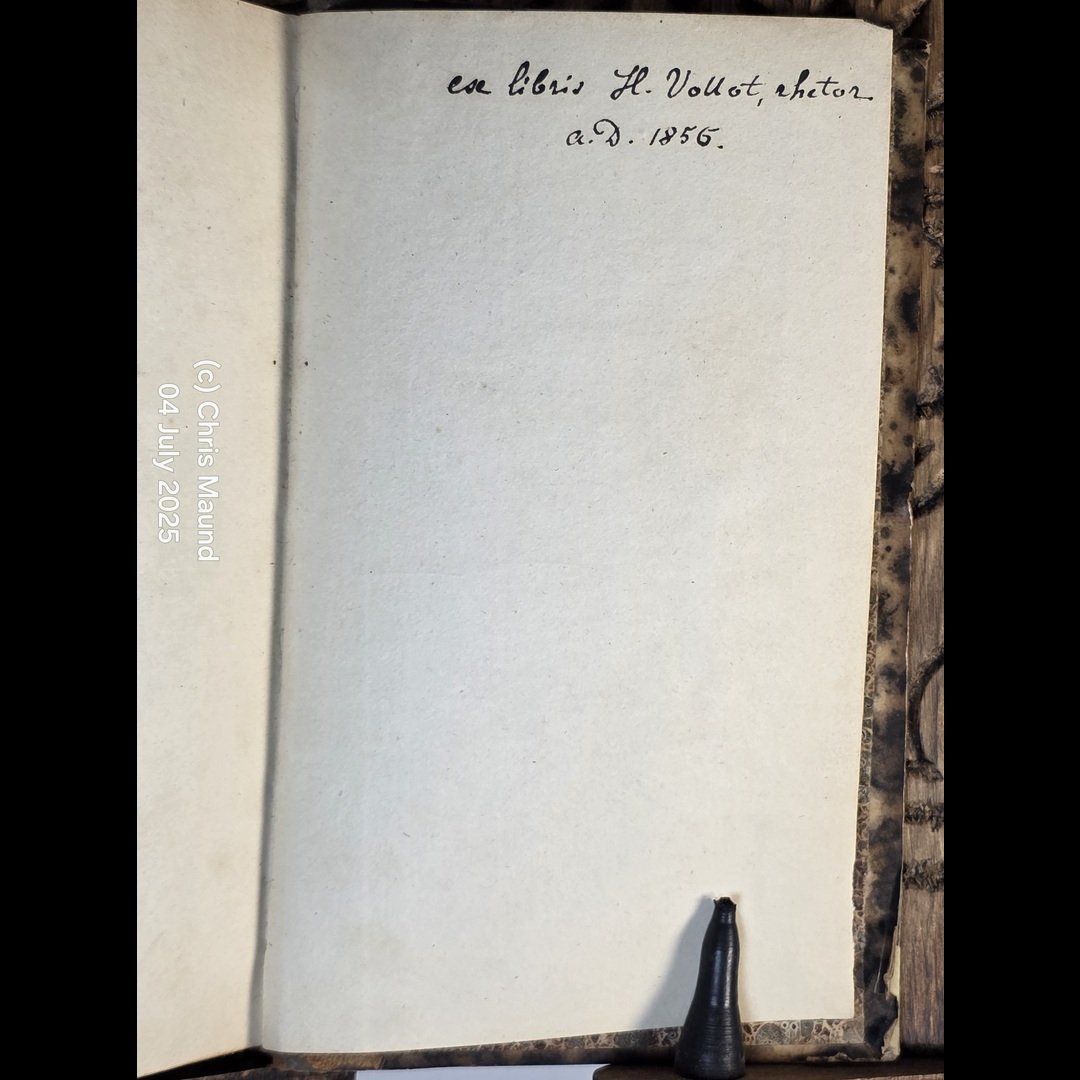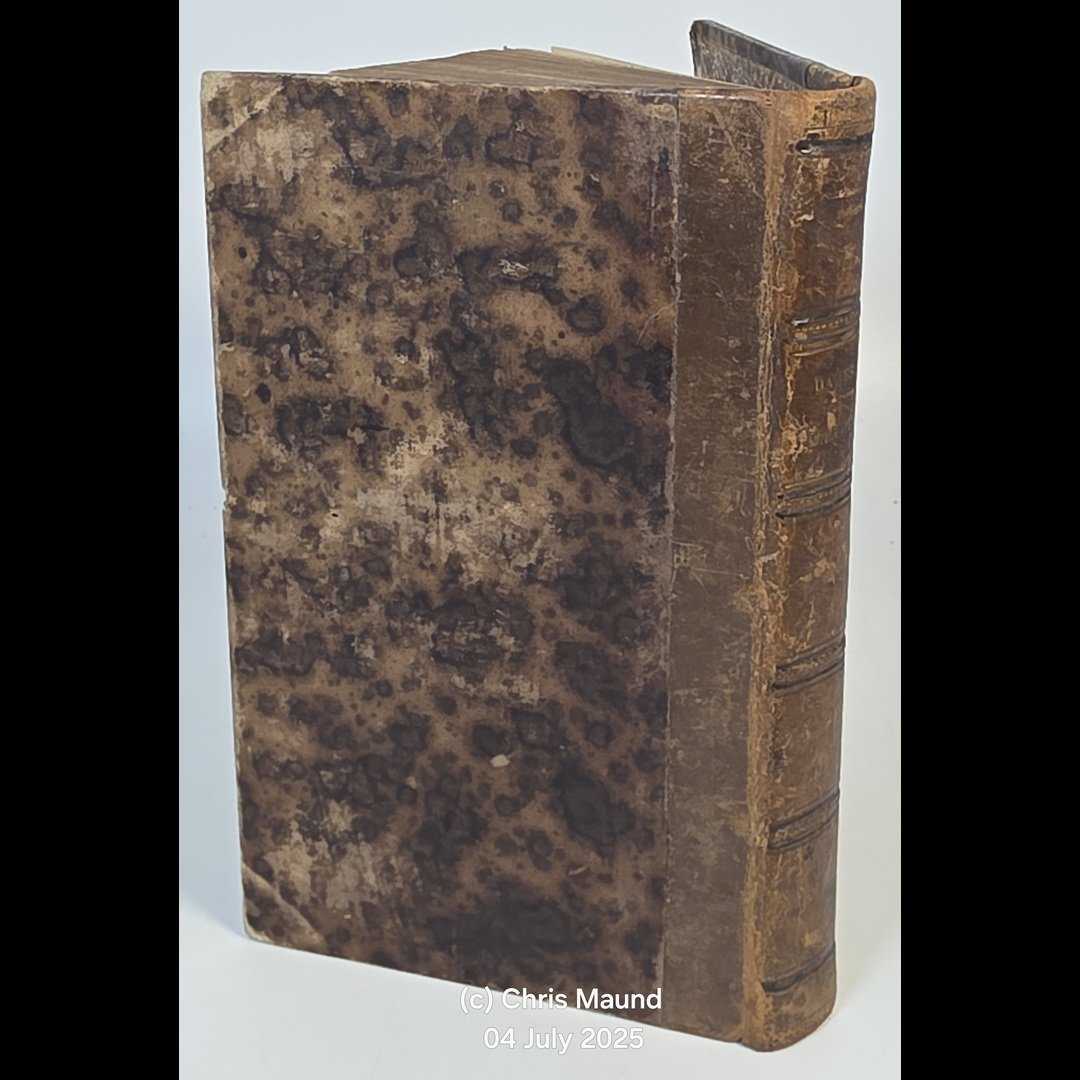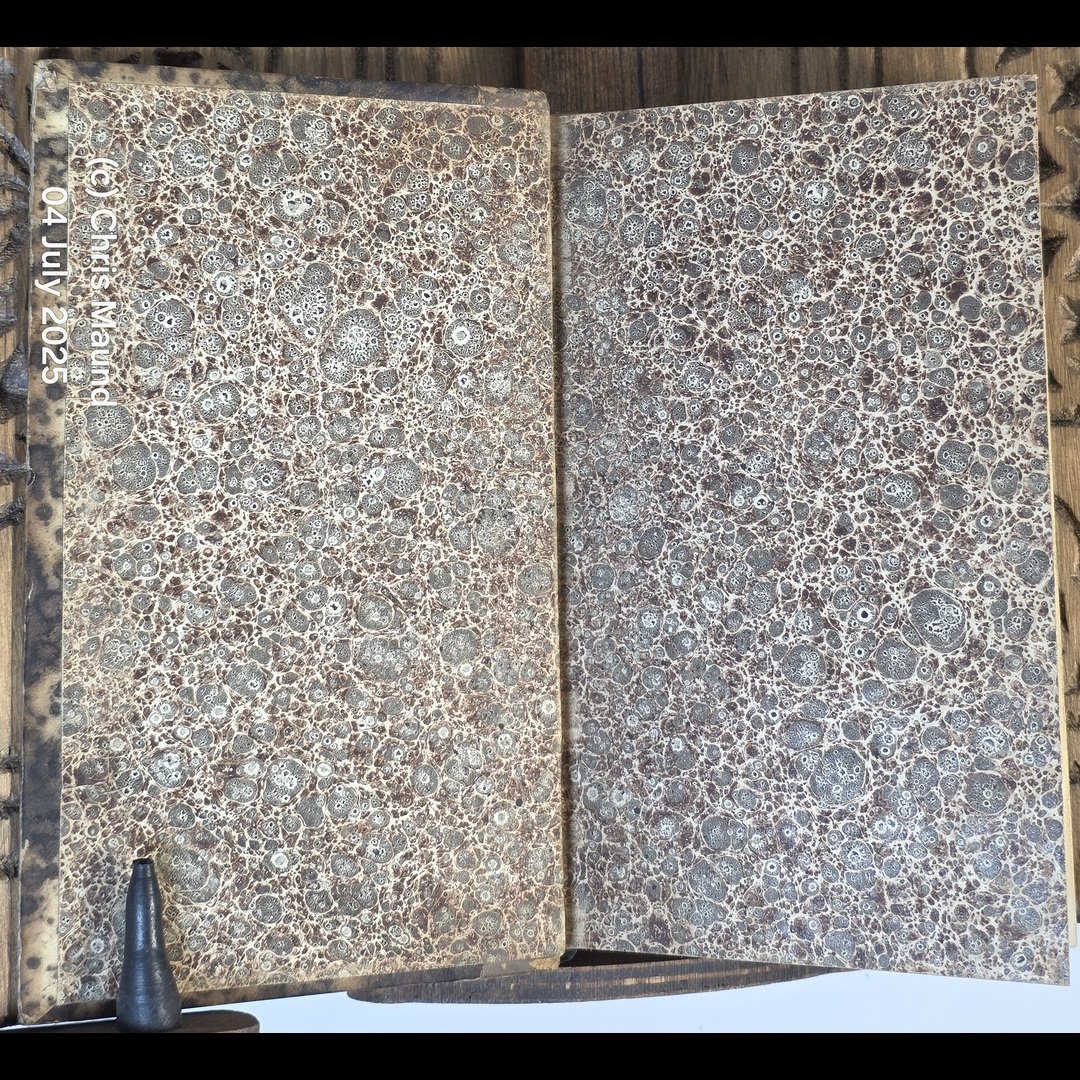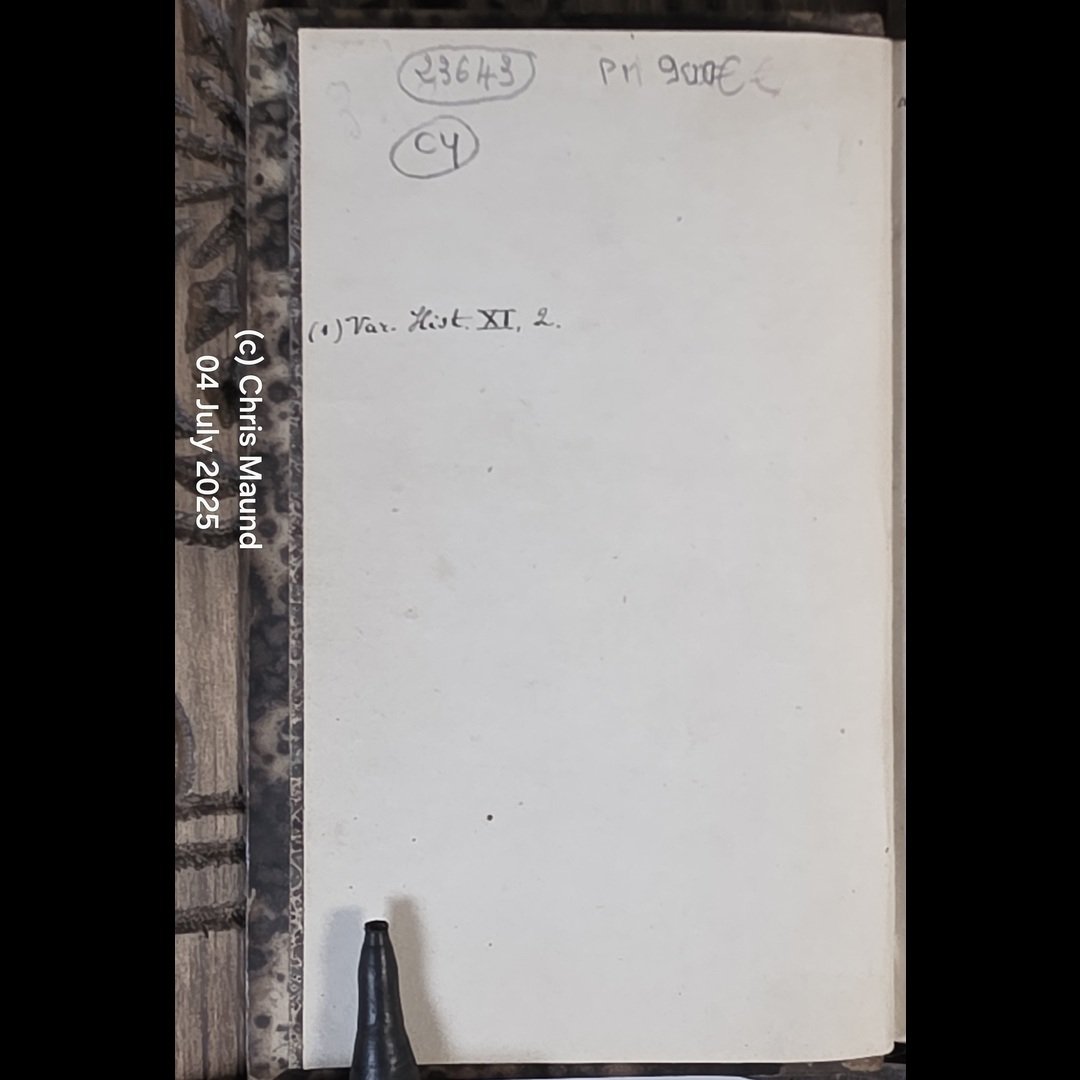 Image 1 of 23
Image 1 of 23

 Image 2 of 23
Image 2 of 23

 Image 3 of 23
Image 3 of 23

 Image 4 of 23
Image 4 of 23

 Image 5 of 23
Image 5 of 23

 Image 6 of 23
Image 6 of 23

 Image 7 of 23
Image 7 of 23

 Image 8 of 23
Image 8 of 23

 Image 9 of 23
Image 9 of 23

 Image 10 of 23
Image 10 of 23

 Image 11 of 23
Image 11 of 23

 Image 12 of 23
Image 12 of 23

 Image 13 of 23
Image 13 of 23

 Image 14 of 23
Image 14 of 23

 Image 15 of 23
Image 15 of 23

 Image 16 of 23
Image 16 of 23

 Image 17 of 23
Image 17 of 23

 Image 18 of 23
Image 18 of 23

 Image 19 of 23
Image 19 of 23

 Image 20 of 23
Image 20 of 23

 Image 21 of 23
Image 21 of 23

 Image 22 of 23
Image 22 of 23

 Image 23 of 23
Image 23 of 23
























1584 3rd Edtn COMMENTARIORUM C. IULII CAESARIS DE BELLO GALLICO LIB VII By Julius Caesar/Aulus Hirtius/François Hotman Illus. Ioannes Iucundus (Giovanni Giocondo) Very Good History
1584 3rd Edition ,
COMMENTARIORUM C. IULII CAESARIS DE BELLO GALLICO LIB VII
et Civili Pompeiano lib. III
By Julius Caesar/Aulus Hirtius/François Hotman
François Hotman (Latinized Franciscus Hotomanus, 1524 – 1590) was a French humanist, jurist, Protestant scholar, and political thinker — one of the most influential legal and intellectual figures of the 16th century. A pioneer of modern legal history and a forerunner of constitutional thought, as well as one of the first critical editors to treat Caesar’s commentaries as both literary text and historical document.
Illustrated By: Ioannes Iucundus (Giovanni Giocondo)
Giovanni Giocondo (ca. 1433 – 1515/16) Humanist scholar, architect, engineer, antiquarian, and classical editor. Verona, Republic of Venice. Giocondo is best remembered among bibliophiles for his illustrated editions of classical texts. His Caesar illustrations were widely copied in 16th-century reprints, including this 1584 Frankfurt Wechel edition, and became the standard visual vocabulary for Caesar’s campaigns for centuries.
Format: Hardcover, octavo (8vo 6 × 9 152 × 229),Pages 859
Language: Latin
Dust Jacket: No Jacket, Dust Jacket Condition: No Jacket
Published By: Ioan Wechelum, Frankfurt
Synopsis: Commentarii de Bello Gallico (English: Commentaries on the Gallic War), also Bellum Gallicum (English: Gallic War), is Julius Caesar's first-hand account of the Gallic Wars, written as a third-person narrative. In it, Caesar describes the battles and intrigues that took place in the nine years he spent fighting the Celtic and Germanic peoples in Gaul who opposed Roman conquest.
George Hamilton, dated 1724 in brown ink on title (unidentified; possibly the Field Marshal George Hamilton, 1st Earl of Orkney [1666–1737], or a contemporary cleric/scholar of the same name; further research warranted).
SKU: BTETM0002626
Approximate Package Dimensions H: 12.5, L: 30, W: 25 (Units: cm), W: 2Kg
1584 3rd Edition ,
COMMENTARIORUM C. IULII CAESARIS DE BELLO GALLICO LIB VII
et Civili Pompeiano lib. III
By Julius Caesar/Aulus Hirtius/François Hotman
François Hotman (Latinized Franciscus Hotomanus, 1524 – 1590) was a French humanist, jurist, Protestant scholar, and political thinker — one of the most influential legal and intellectual figures of the 16th century. A pioneer of modern legal history and a forerunner of constitutional thought, as well as one of the first critical editors to treat Caesar’s commentaries as both literary text and historical document.
Illustrated By: Ioannes Iucundus (Giovanni Giocondo)
Giovanni Giocondo (ca. 1433 – 1515/16) Humanist scholar, architect, engineer, antiquarian, and classical editor. Verona, Republic of Venice. Giocondo is best remembered among bibliophiles for his illustrated editions of classical texts. His Caesar illustrations were widely copied in 16th-century reprints, including this 1584 Frankfurt Wechel edition, and became the standard visual vocabulary for Caesar’s campaigns for centuries.
Format: Hardcover, octavo (8vo 6 × 9 152 × 229),Pages 859
Language: Latin
Dust Jacket: No Jacket, Dust Jacket Condition: No Jacket
Published By: Ioan Wechelum, Frankfurt
Synopsis: Commentarii de Bello Gallico (English: Commentaries on the Gallic War), also Bellum Gallicum (English: Gallic War), is Julius Caesar's first-hand account of the Gallic Wars, written as a third-person narrative. In it, Caesar describes the battles and intrigues that took place in the nine years he spent fighting the Celtic and Germanic peoples in Gaul who opposed Roman conquest.
George Hamilton, dated 1724 in brown ink on title (unidentified; possibly the Field Marshal George Hamilton, 1st Earl of Orkney [1666–1737], or a contemporary cleric/scholar of the same name; further research warranted).
SKU: BTETM0002626
Approximate Package Dimensions H: 12.5, L: 30, W: 25 (Units: cm), W: 2Kg
Very Good - Woodcut vignette to title, folding map of Europe (frayed to edges with small loss to margins), woodcut illustrations, woodcut printer's device to final leaf, woodcut head-pieces and initials, early 18th-century brown ink ownership inscription of George Hamilton to title (with further inscription struck-through at head), first few leaves with small hole to foot, some light spotting and browning, contemporary blindstamped sheep, central arabesque device to covers, lacking ties, some wear, upper joint split at head and foot. Adams C69
produced by the Wechel press, a leading humanist house that, unlike many Lyon/Antwerp editions of the same era, combined a corrected text, scholarly notes, and an ambitious illustration program in a portable octavo format.
8vo (16.5 × 10.5 cm). Collation: ✠⁸, A–Z⁸, Aa–Zz⁸, Aaa–Ggg⁸ (Ggg⁴), Hhh–Lll⁴, [Corrigenda]¹, [Printer’s device]¹.
Pagination: [16], 823, [38] pp. (including Corrigenda and terminal leaf with Wechel’s Pegasus device).
Complete including three natural-history plates are famous and distinctive to this Wechel series.
“Uri figura” – wild ox / aurochs (Bos primigenius).
“Bison figura” – bison.
“Alcis figura” – elk-like creature (Caesar’s description may refer to the European elk, Alces alces).
These originated in the 1513 Giocondo–Aldine Caesar and were faithfully re-cut for Wechel.
Please see photos as part of condition report

